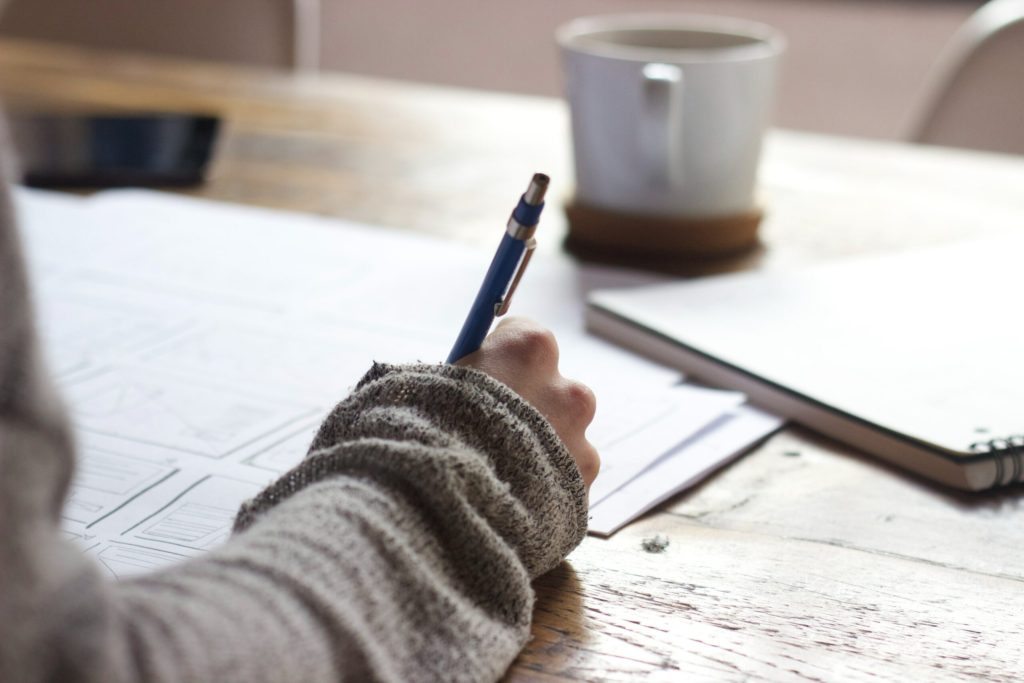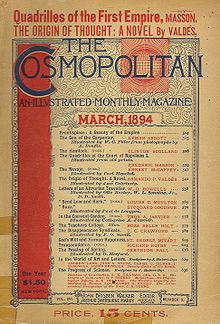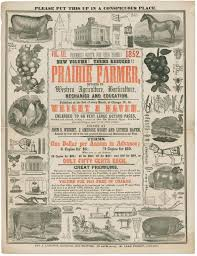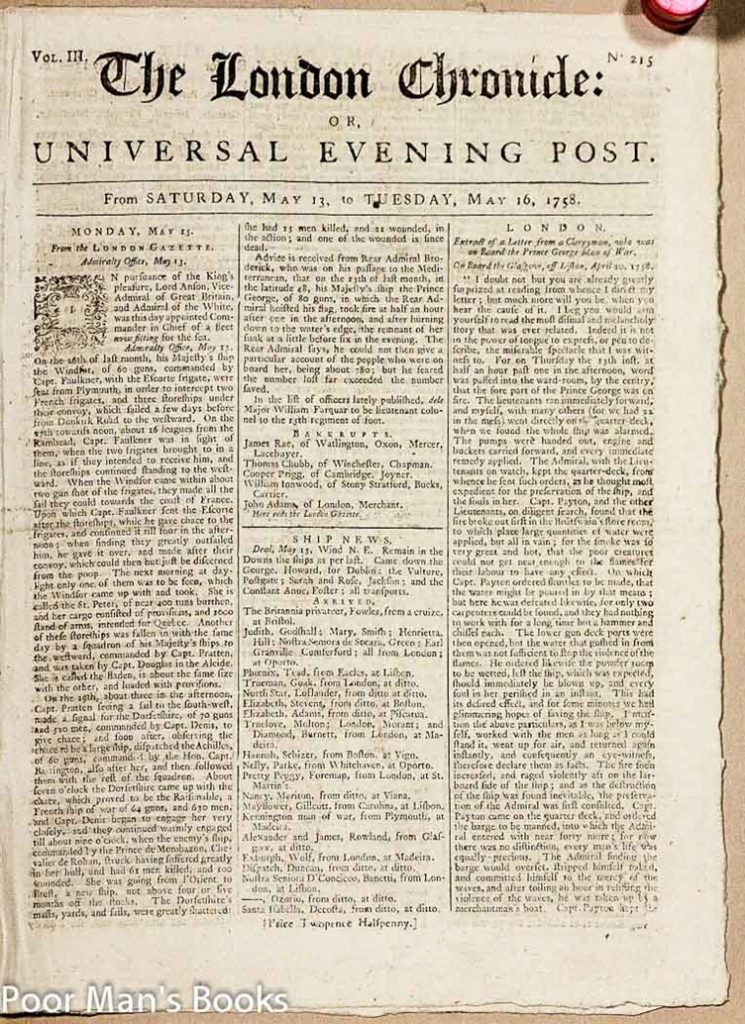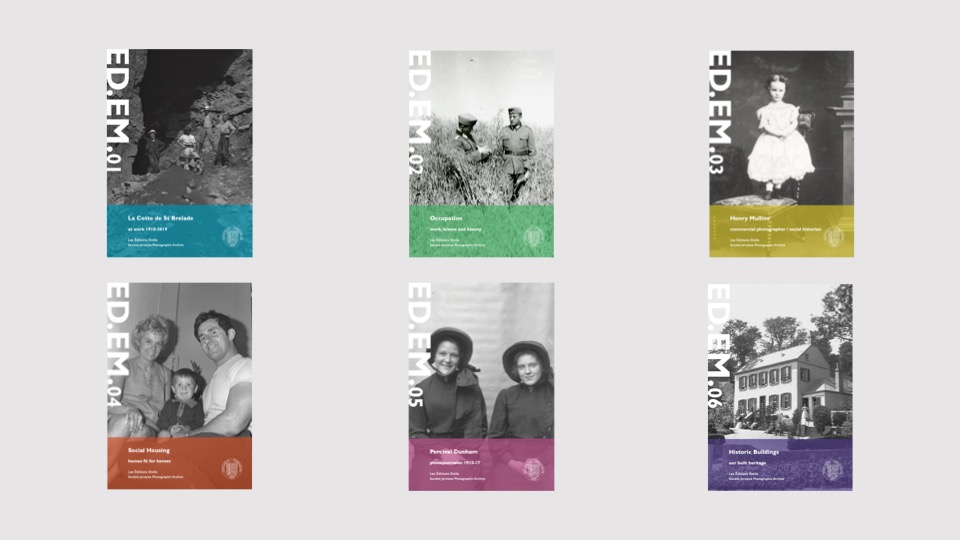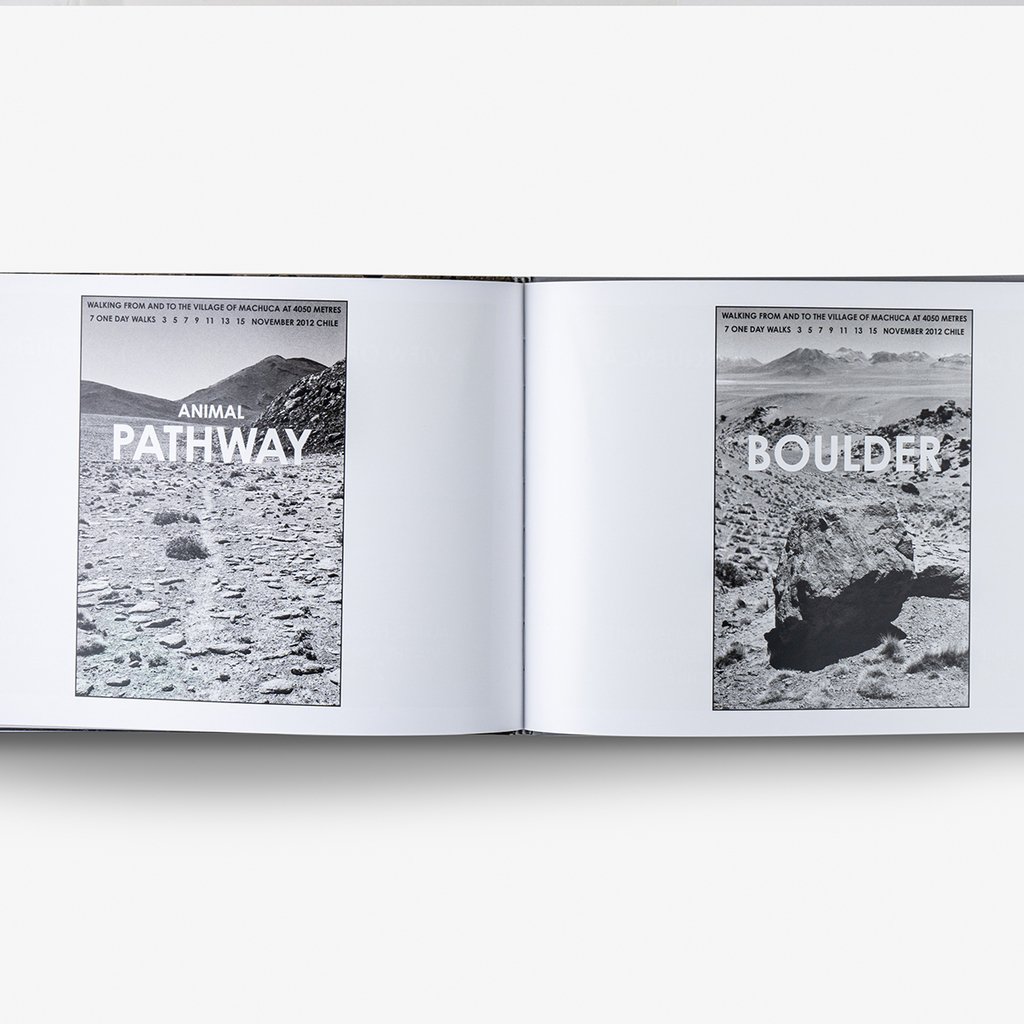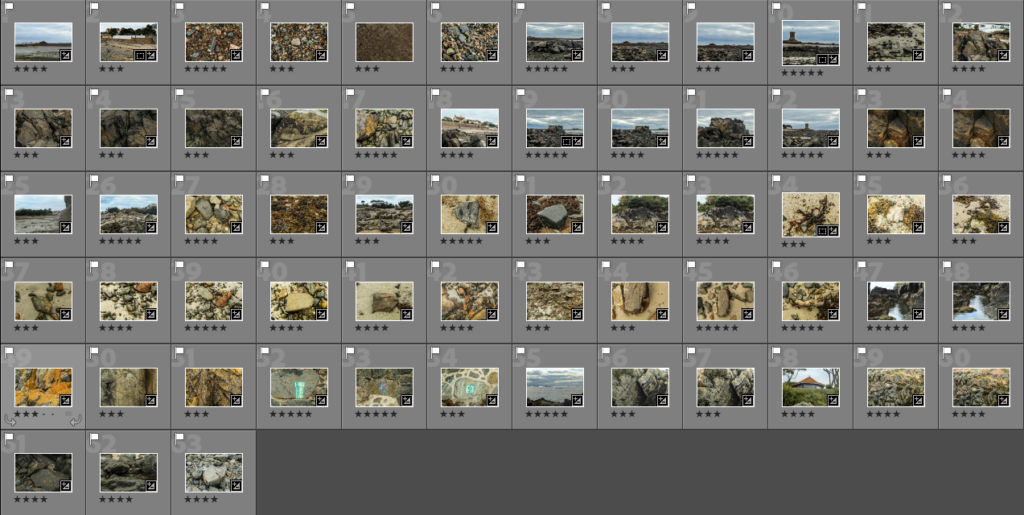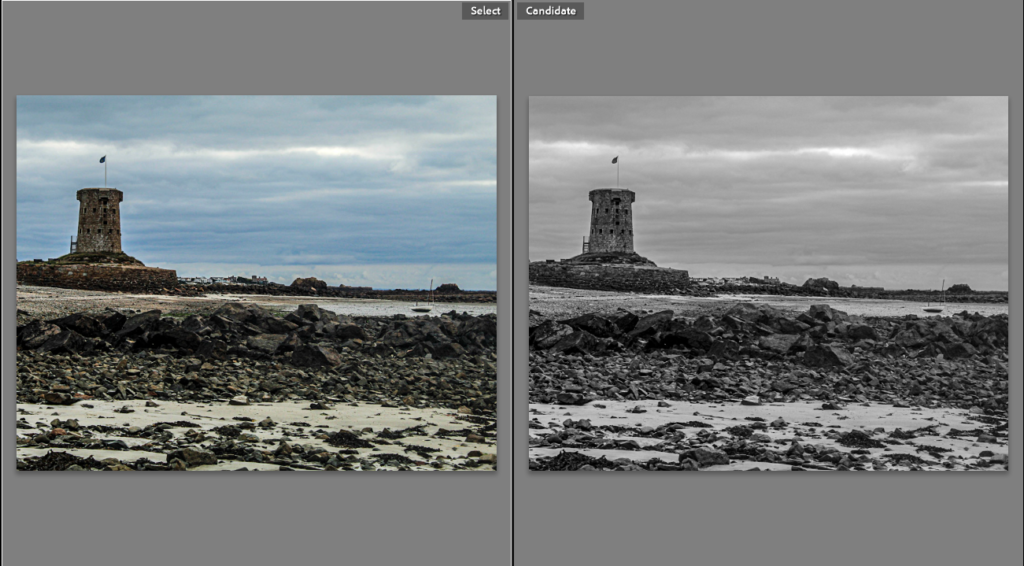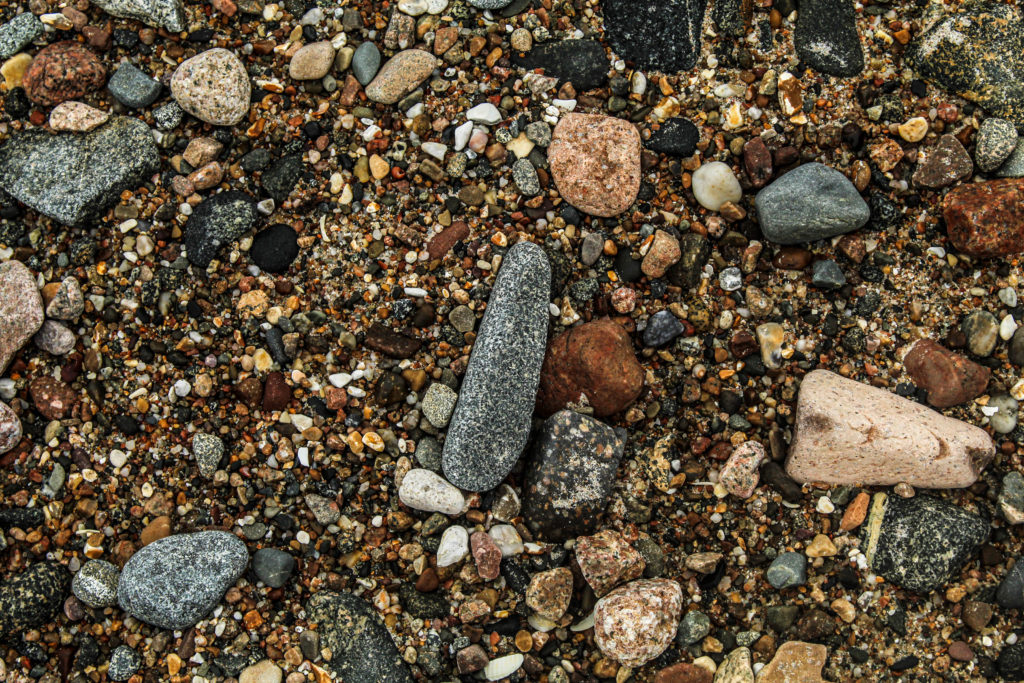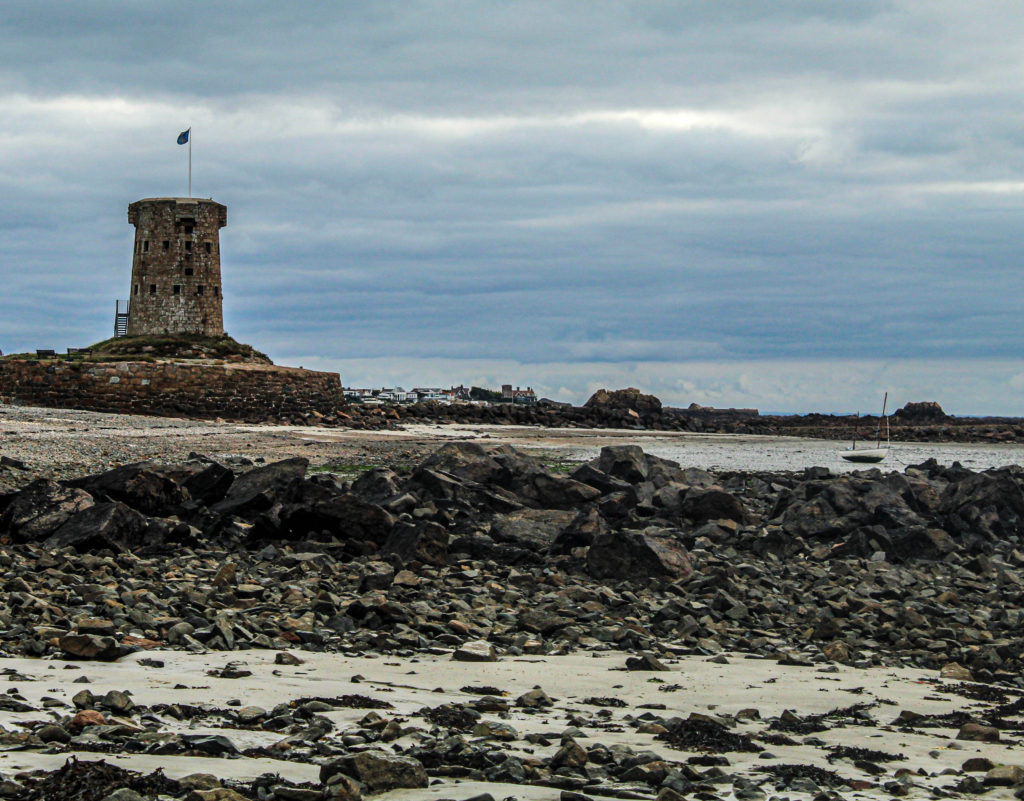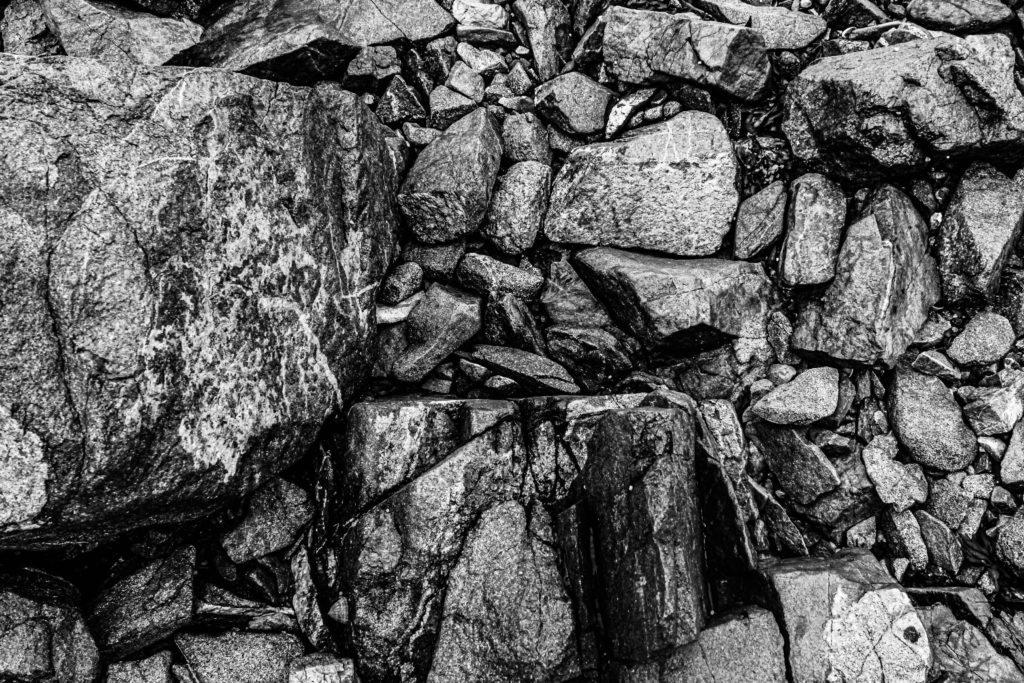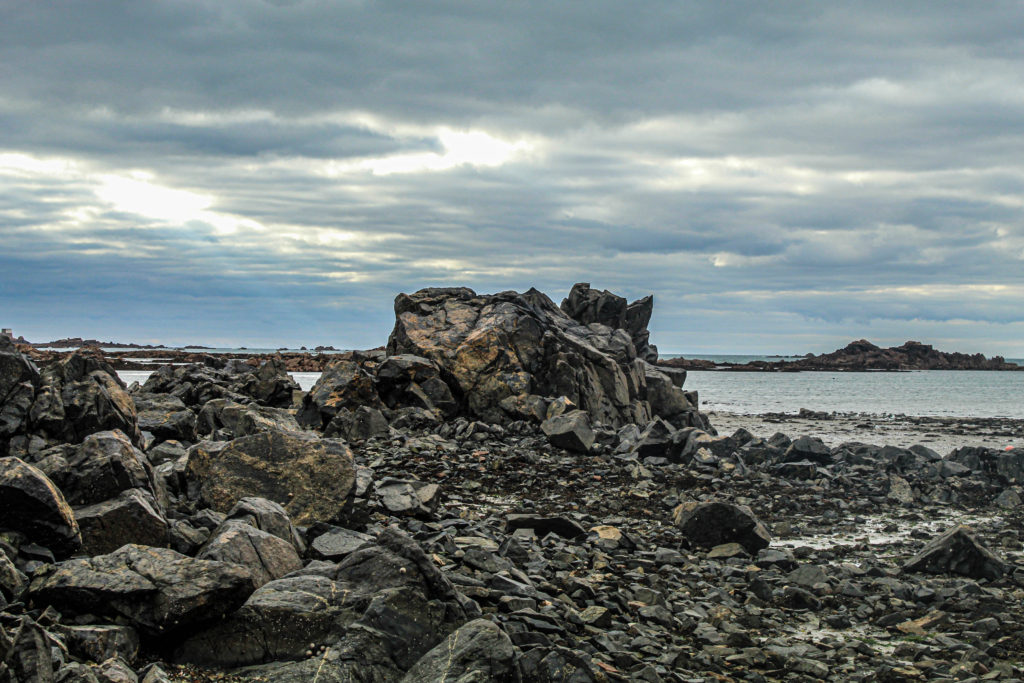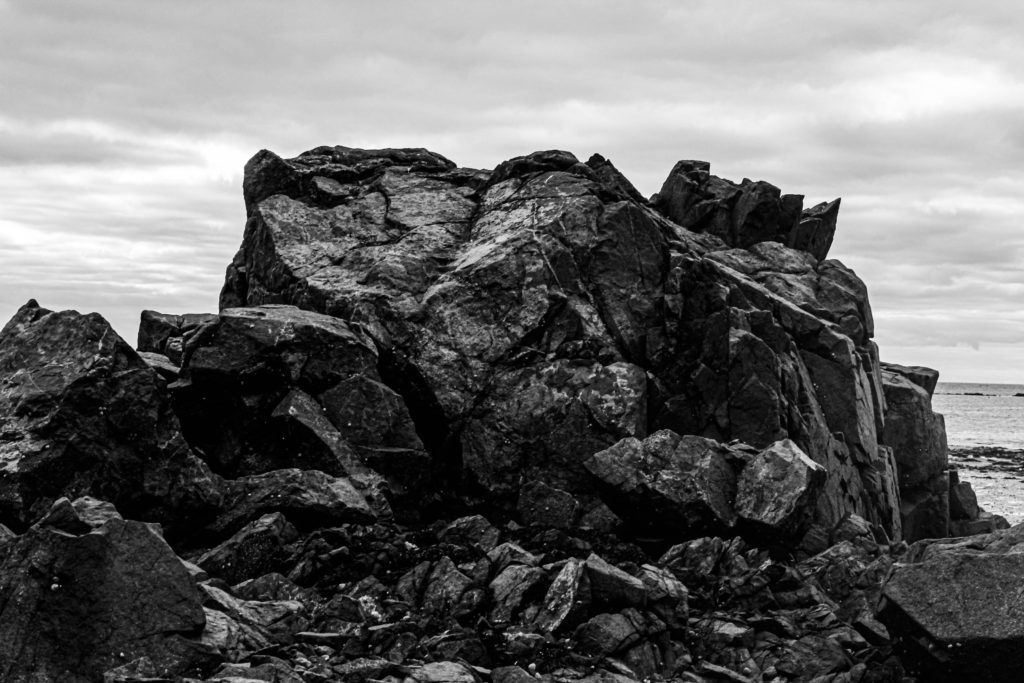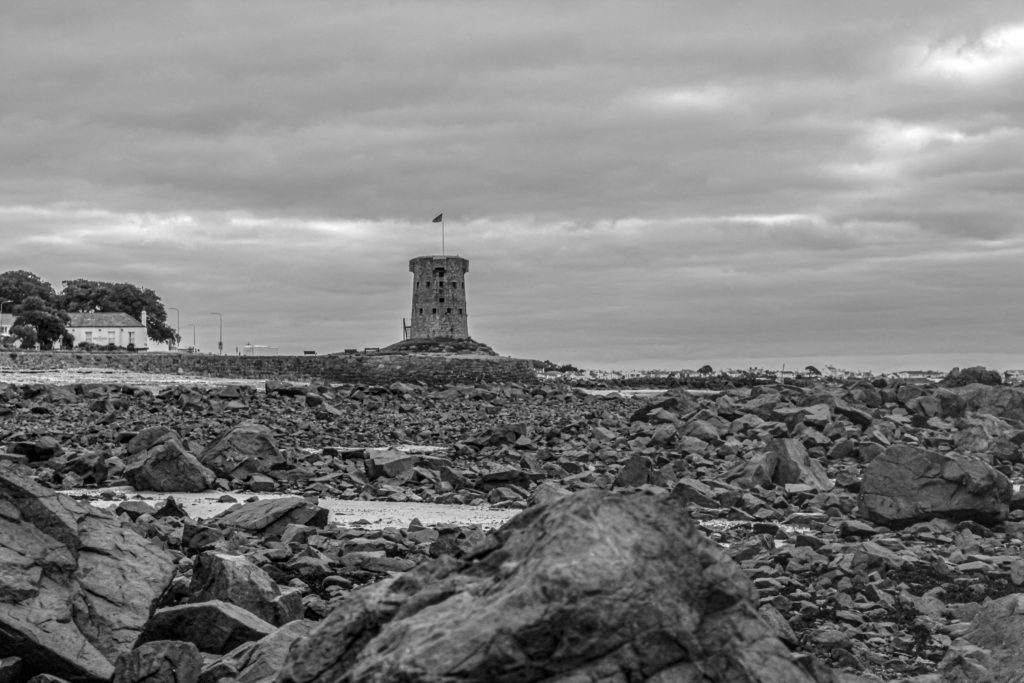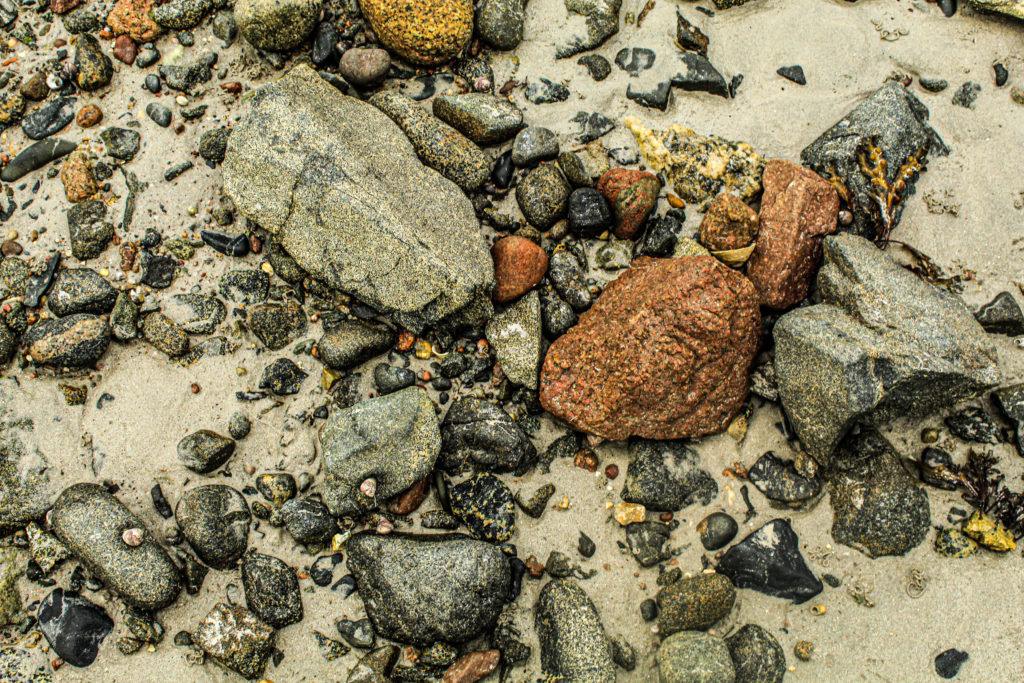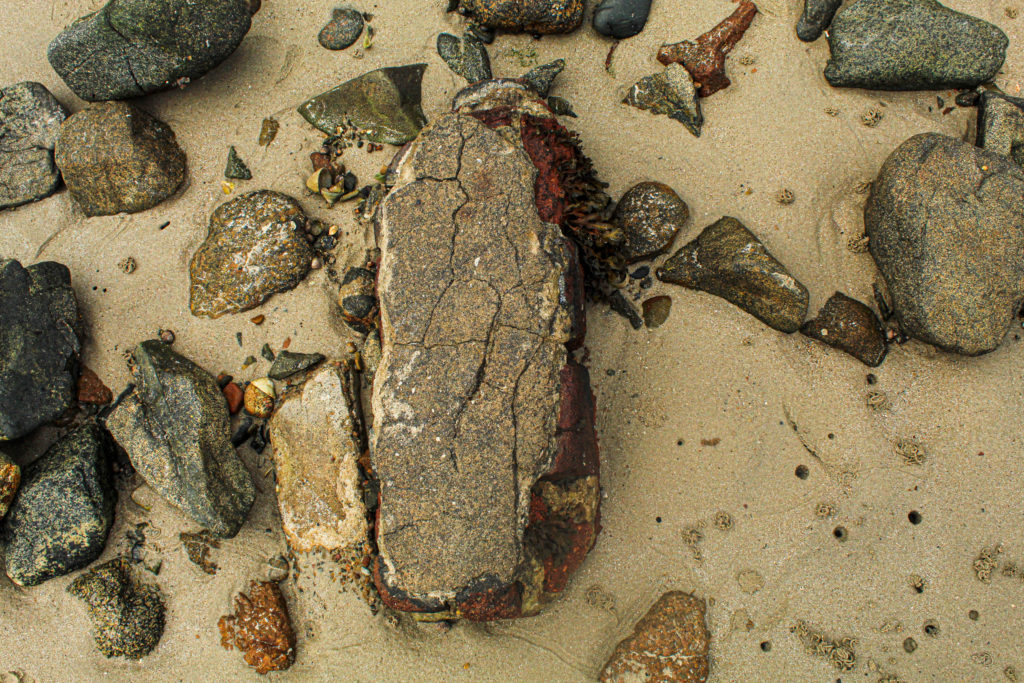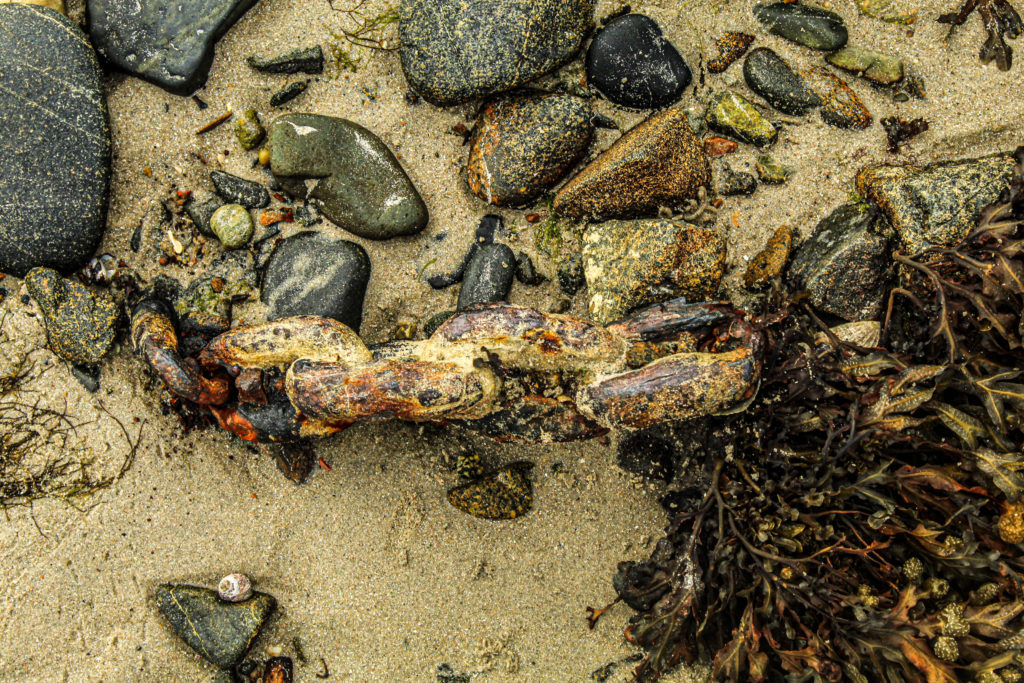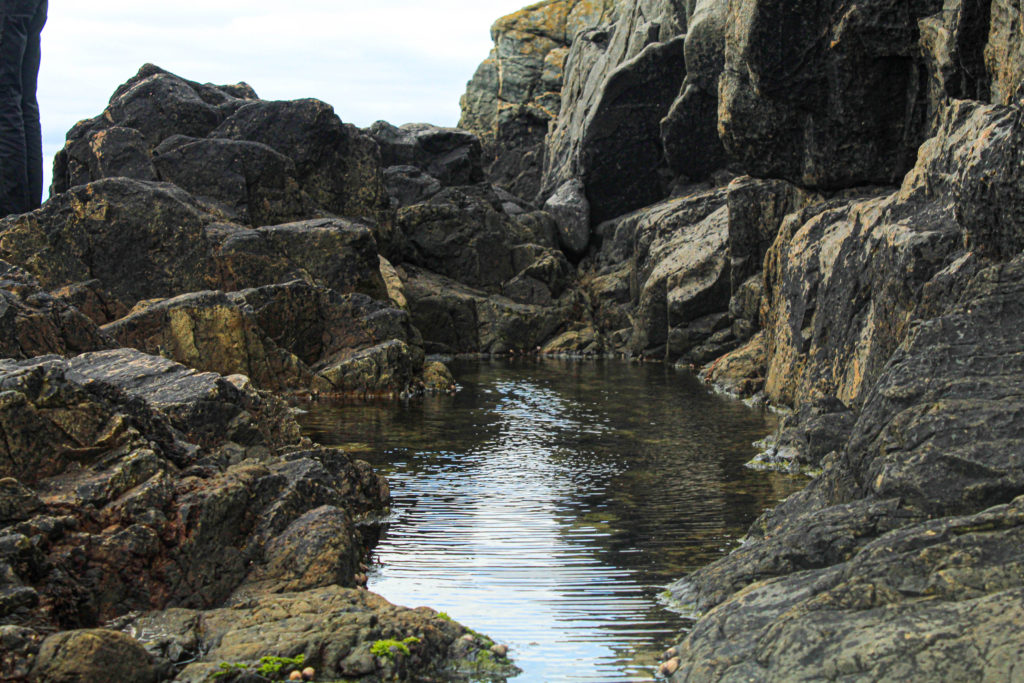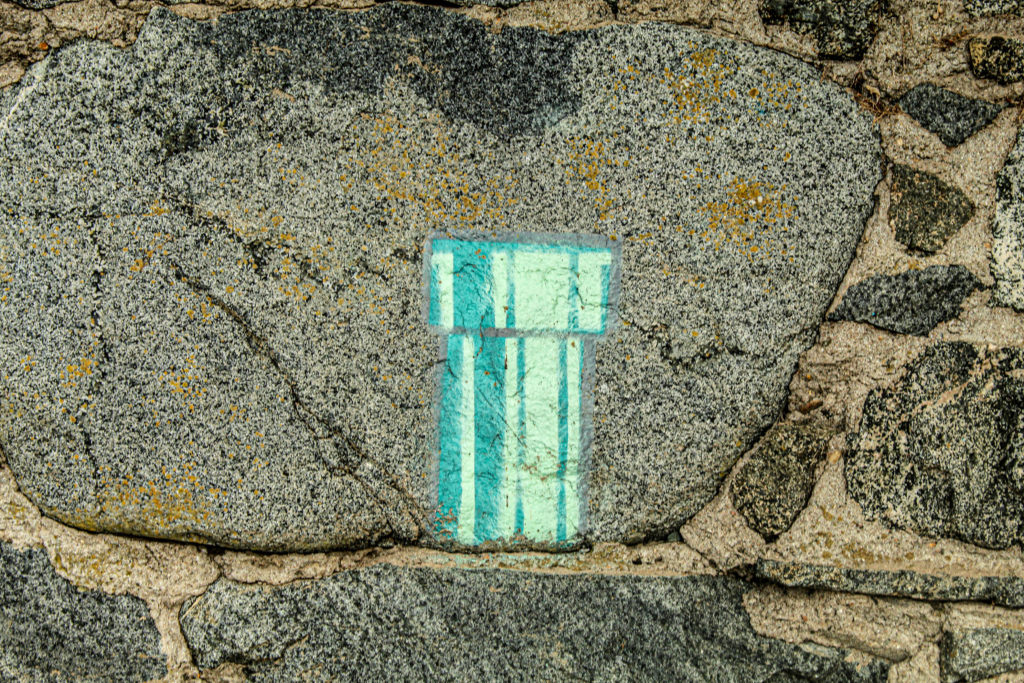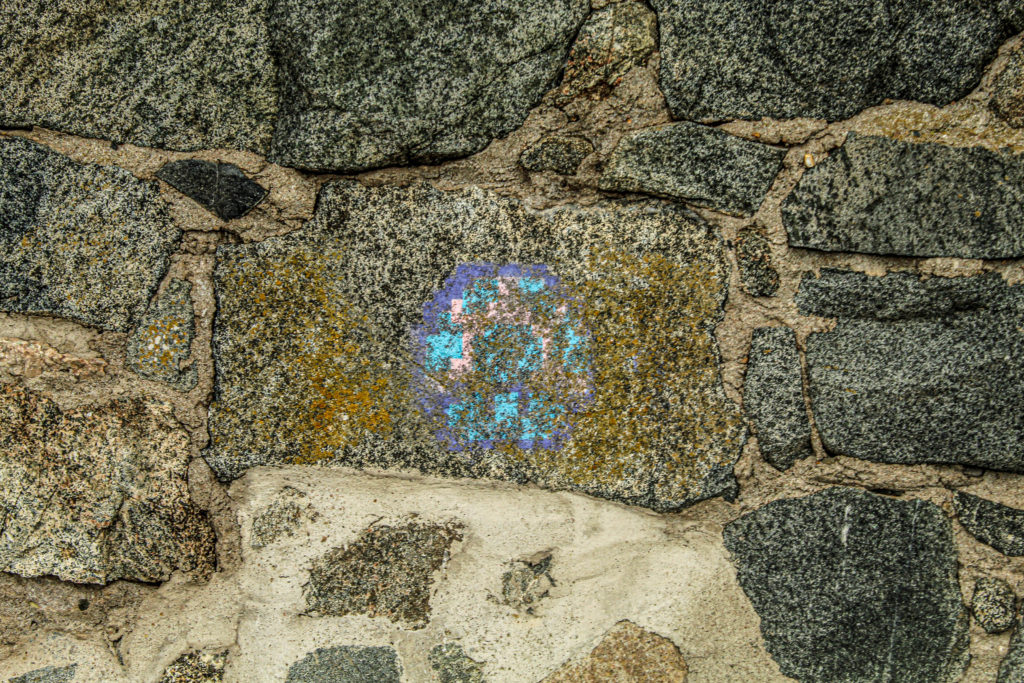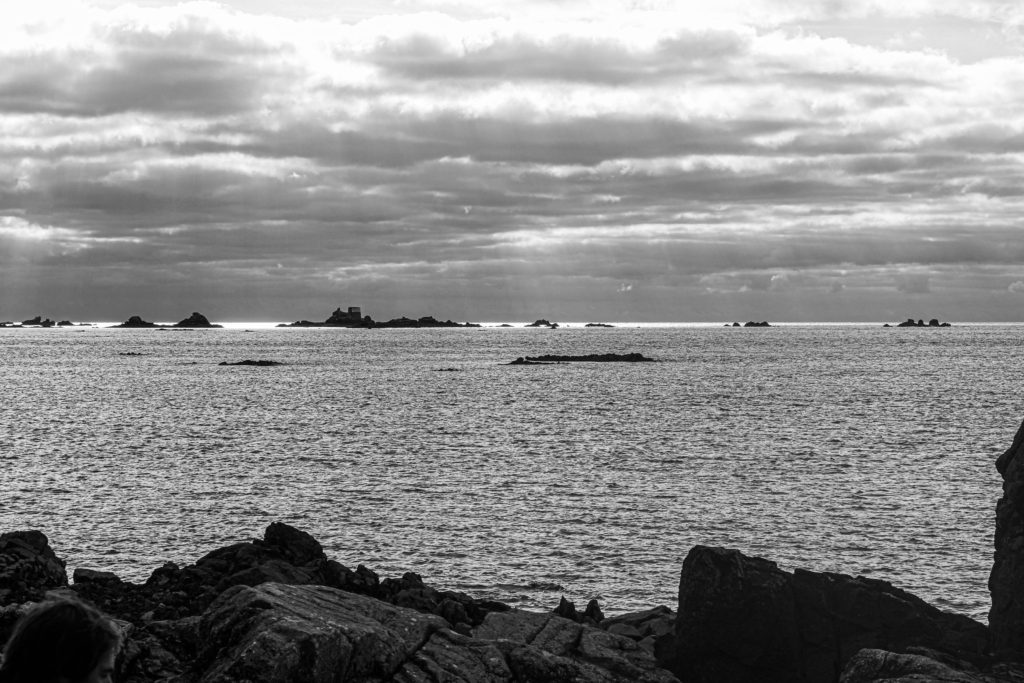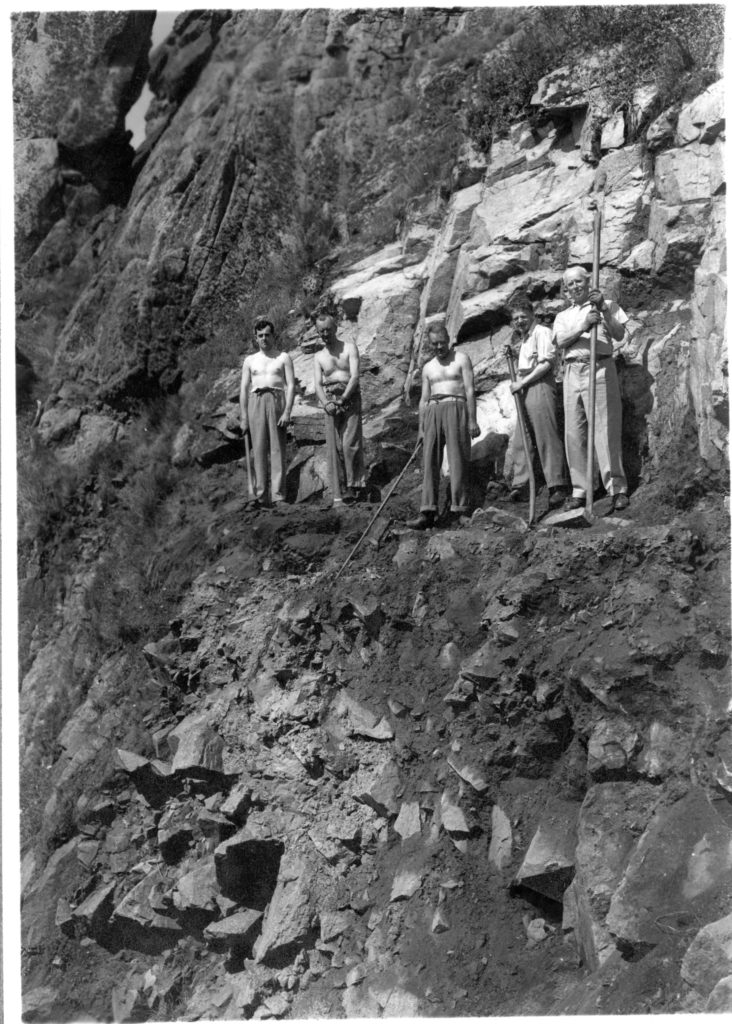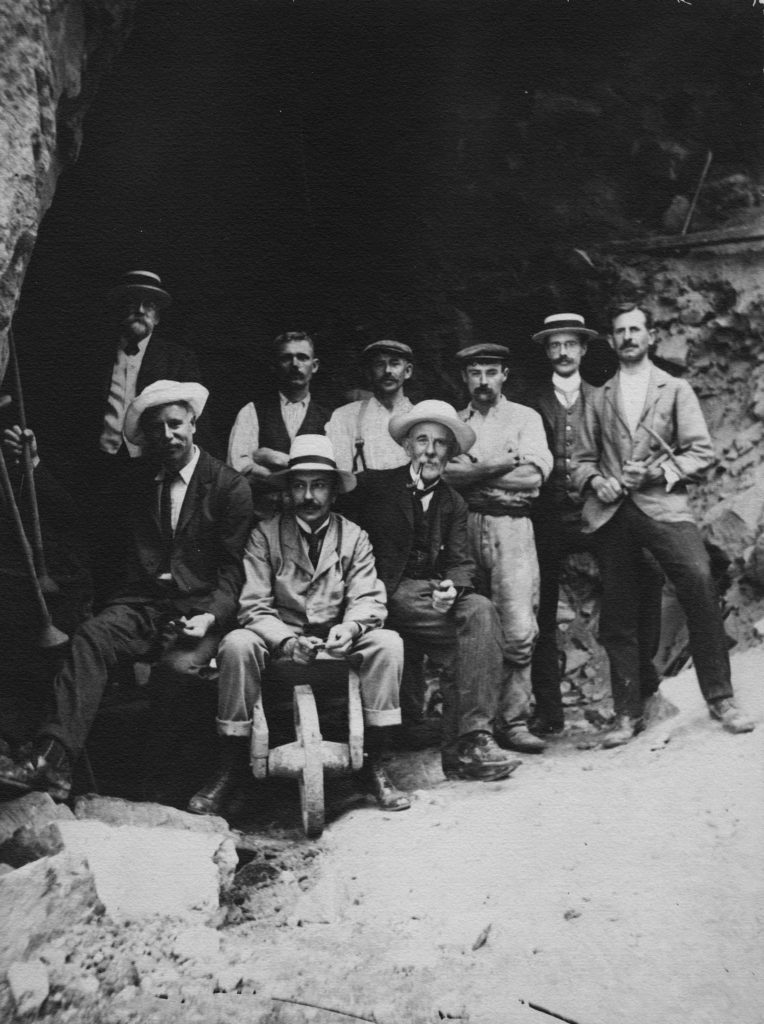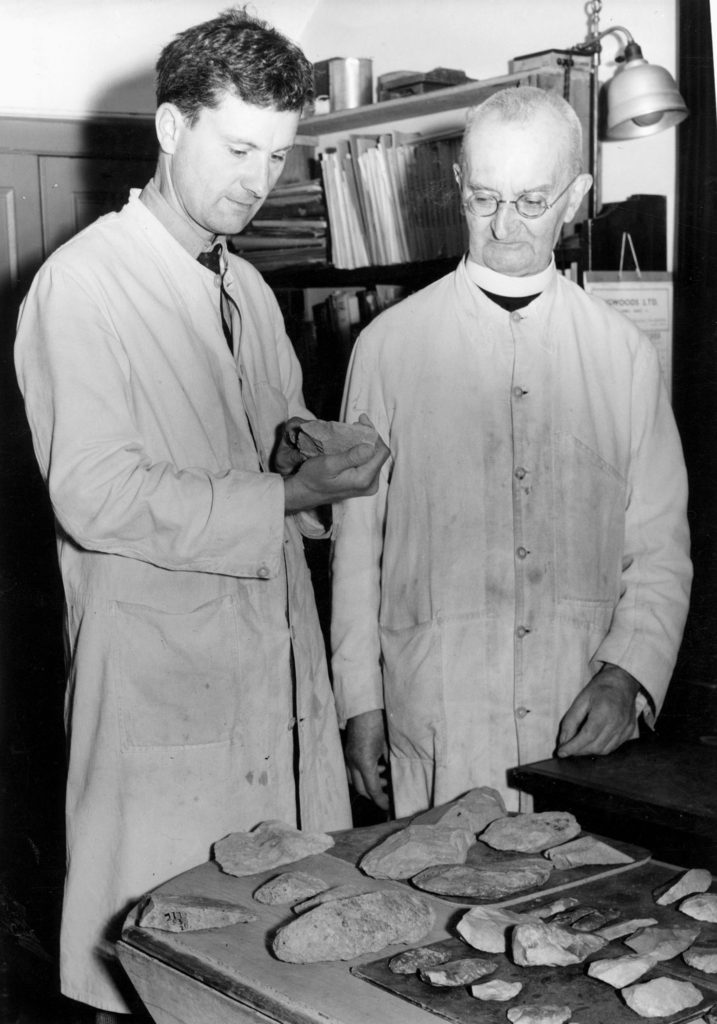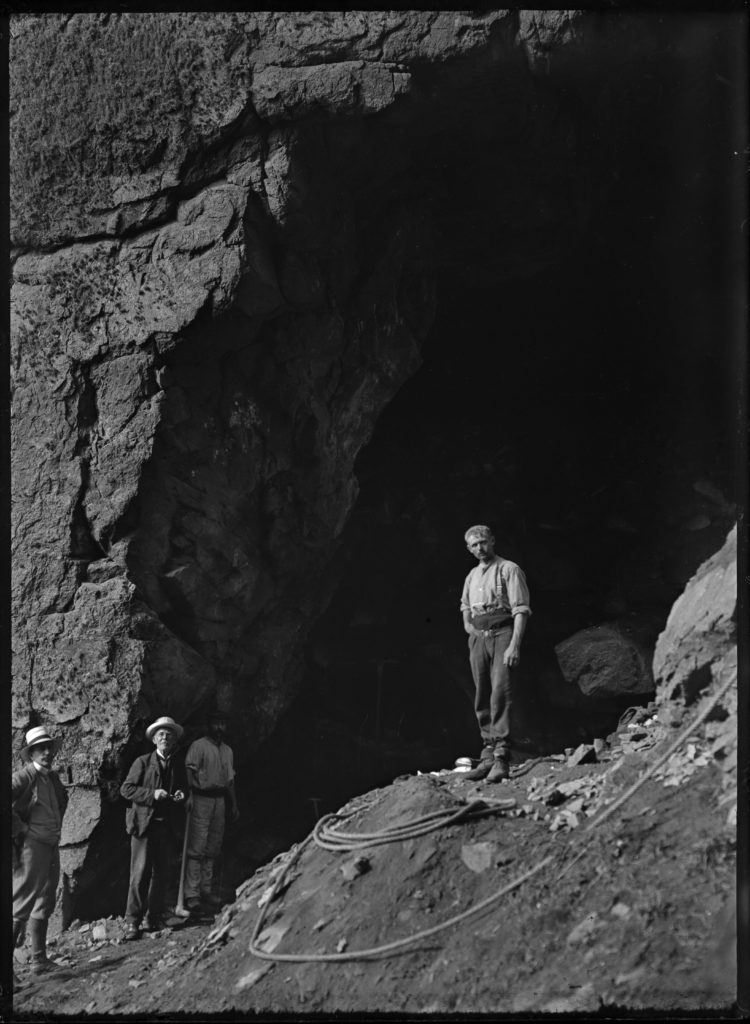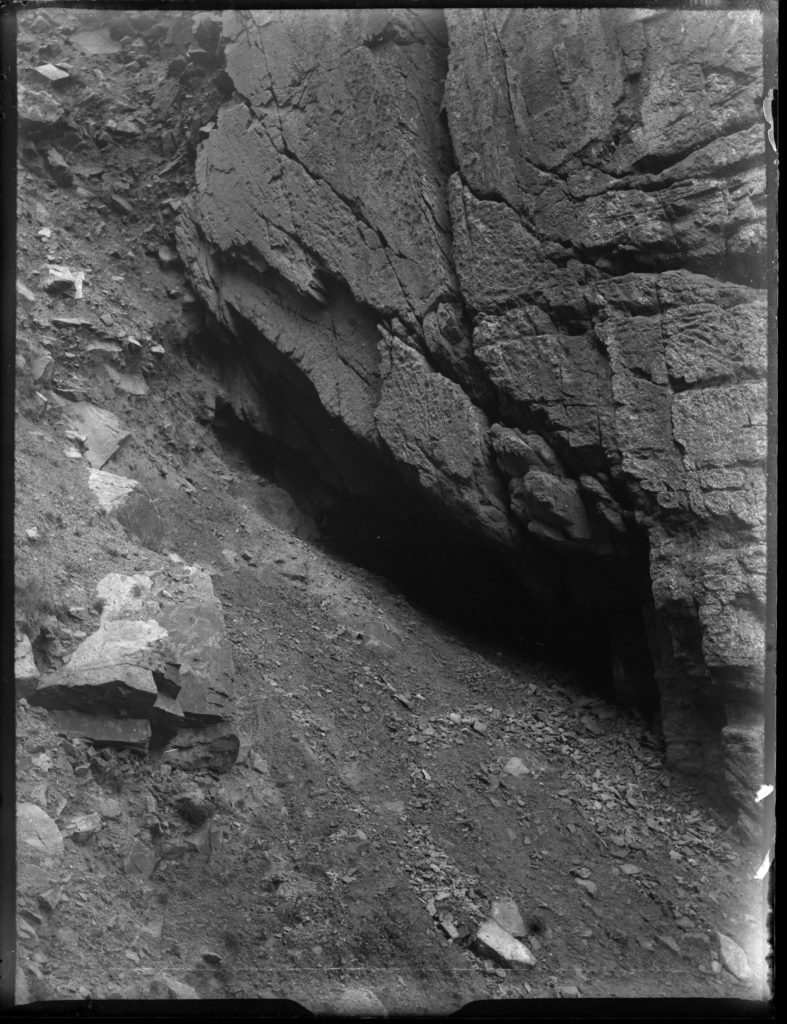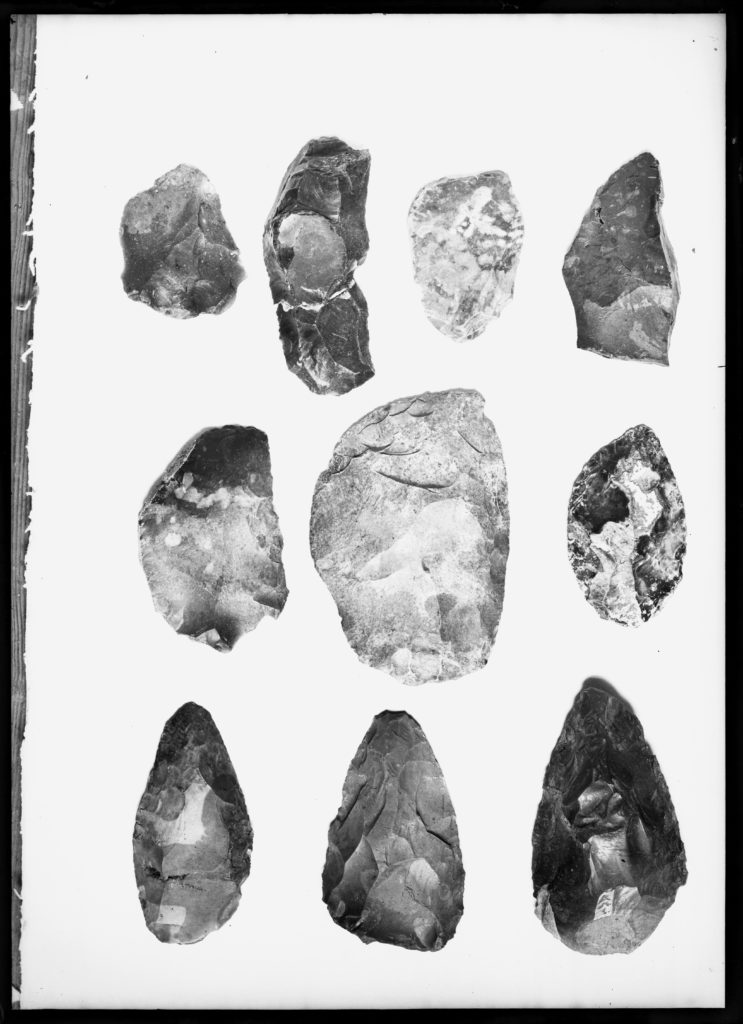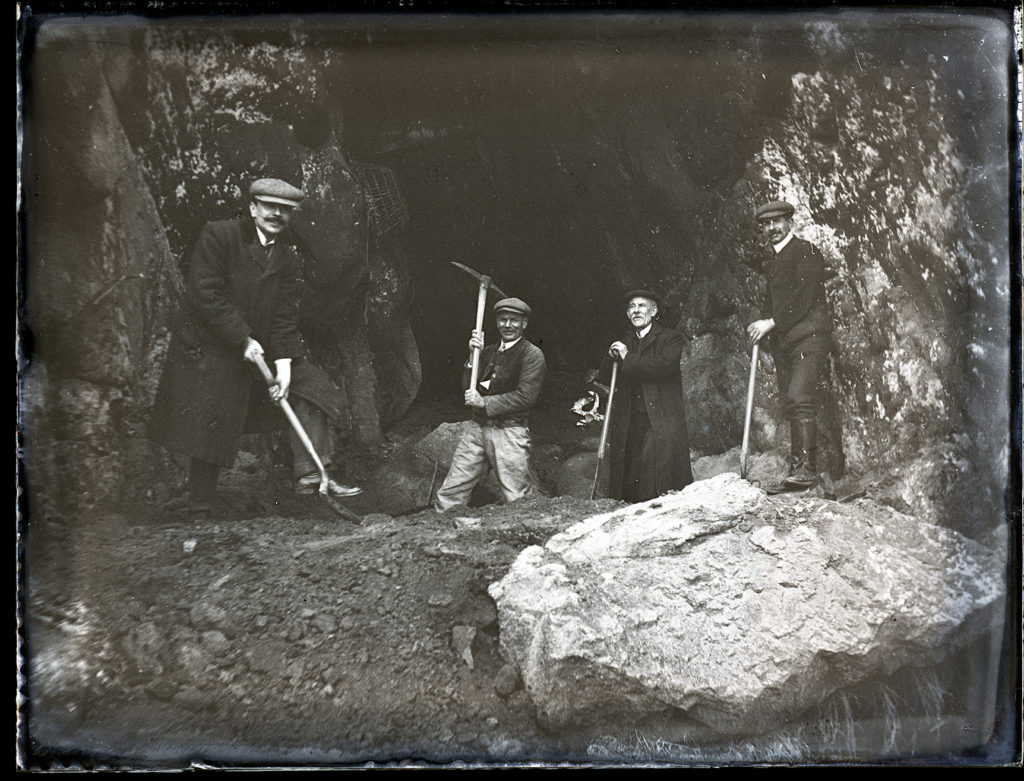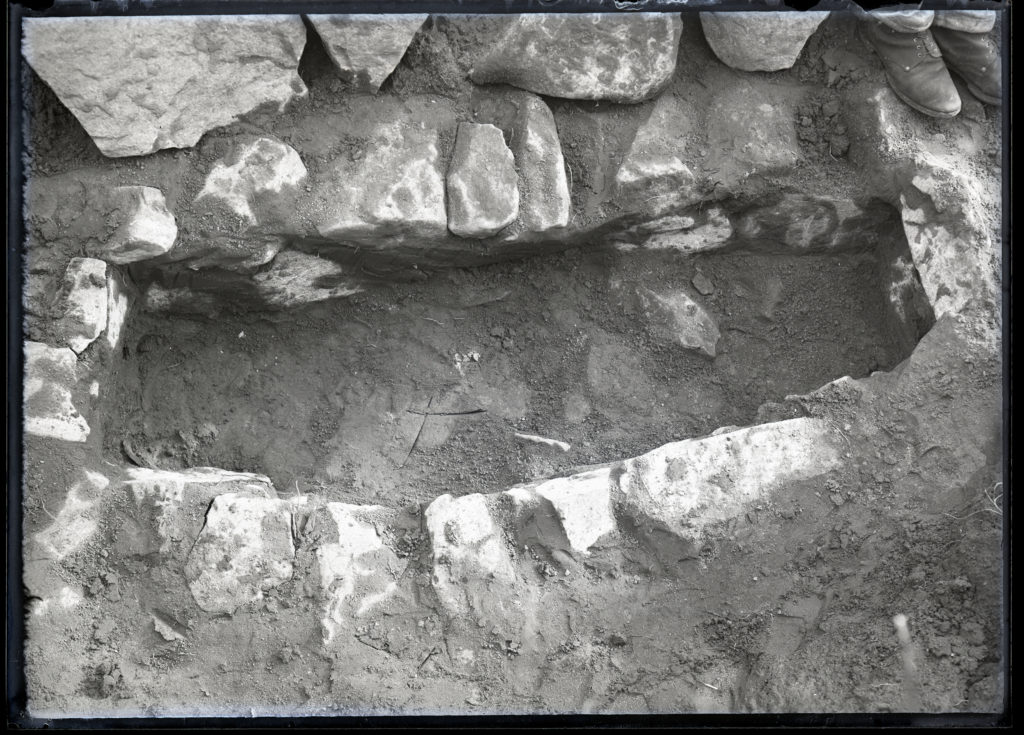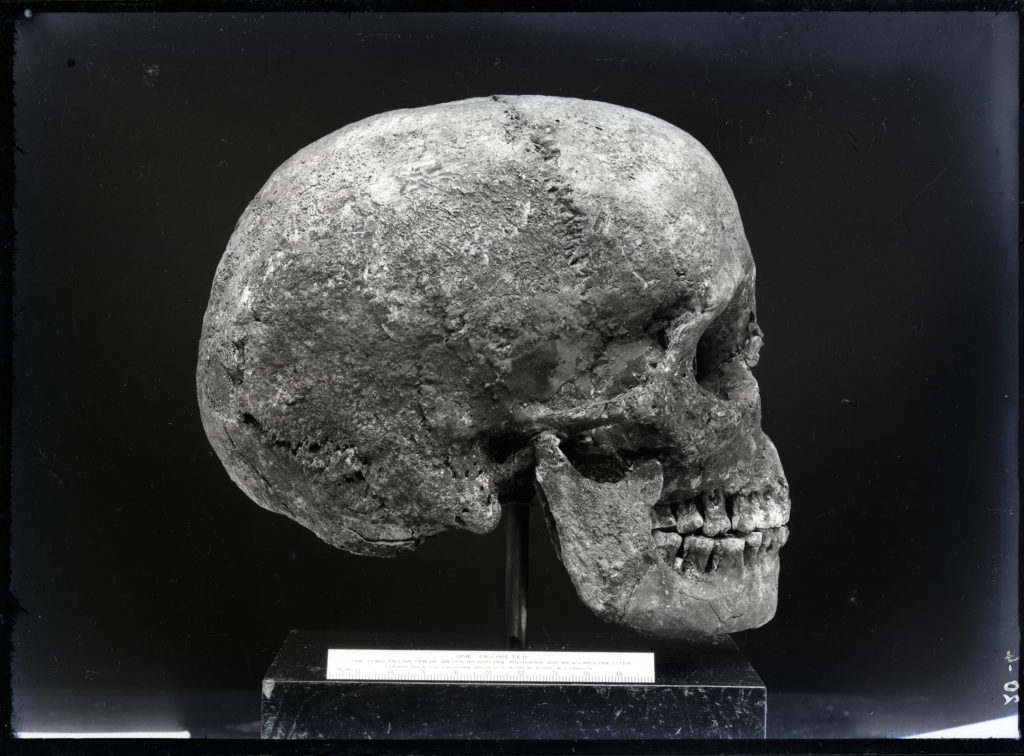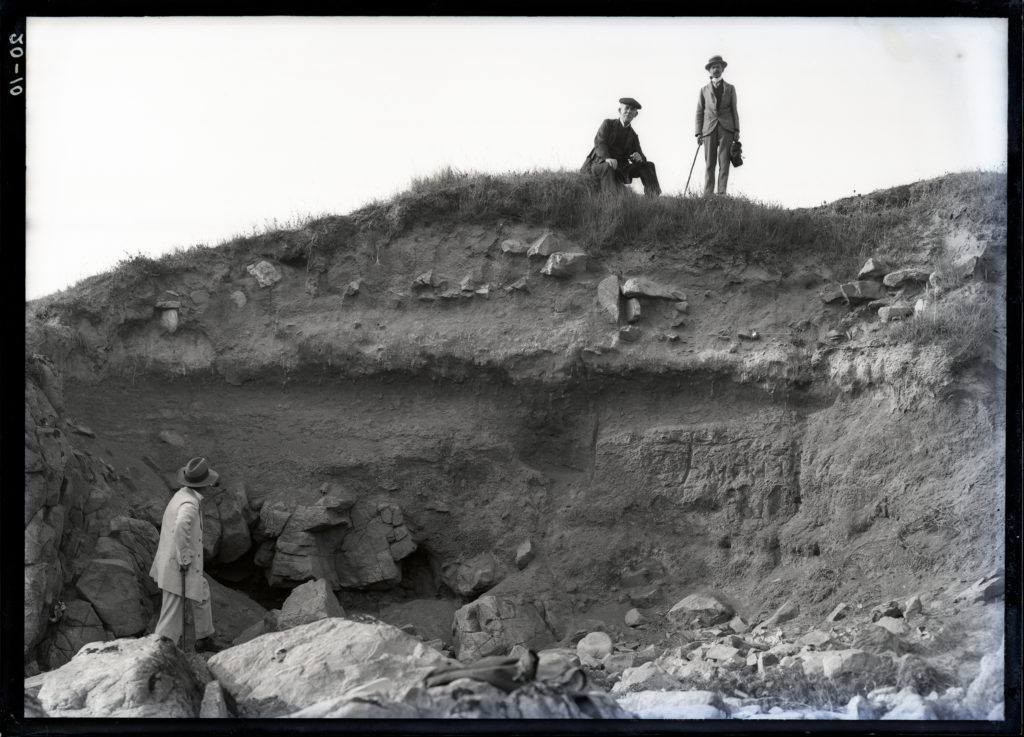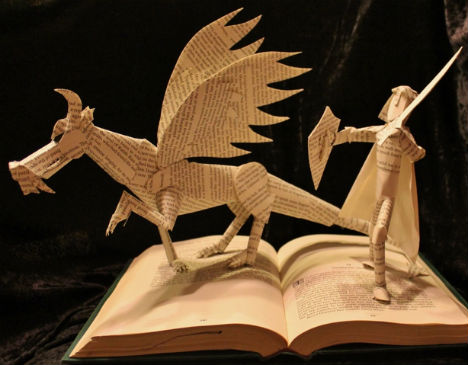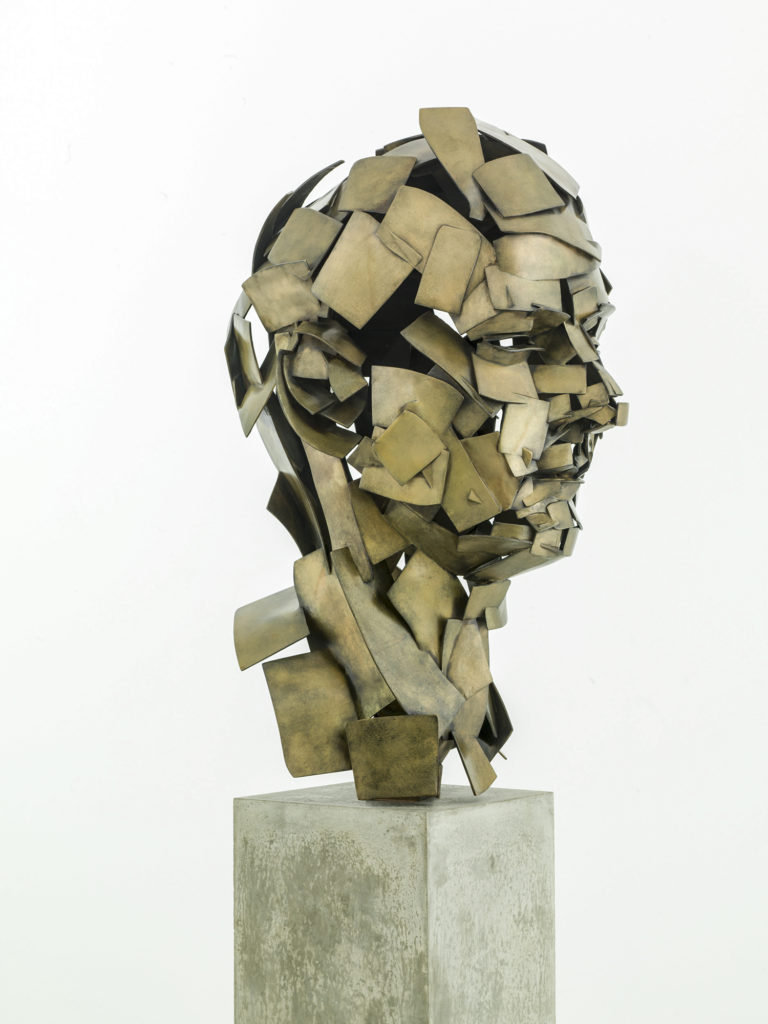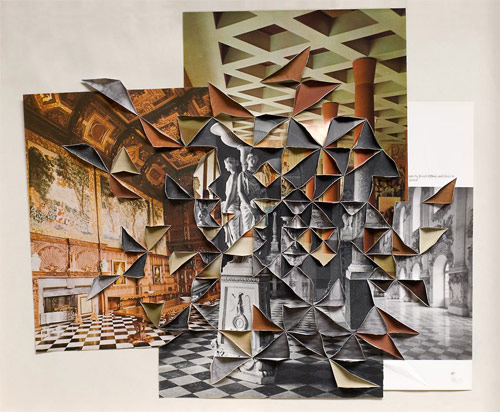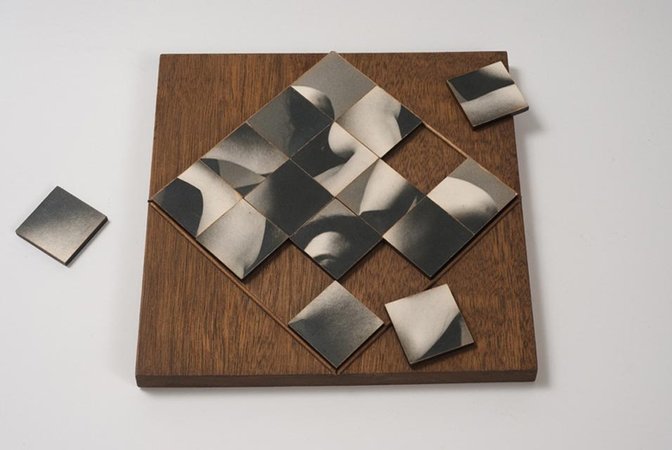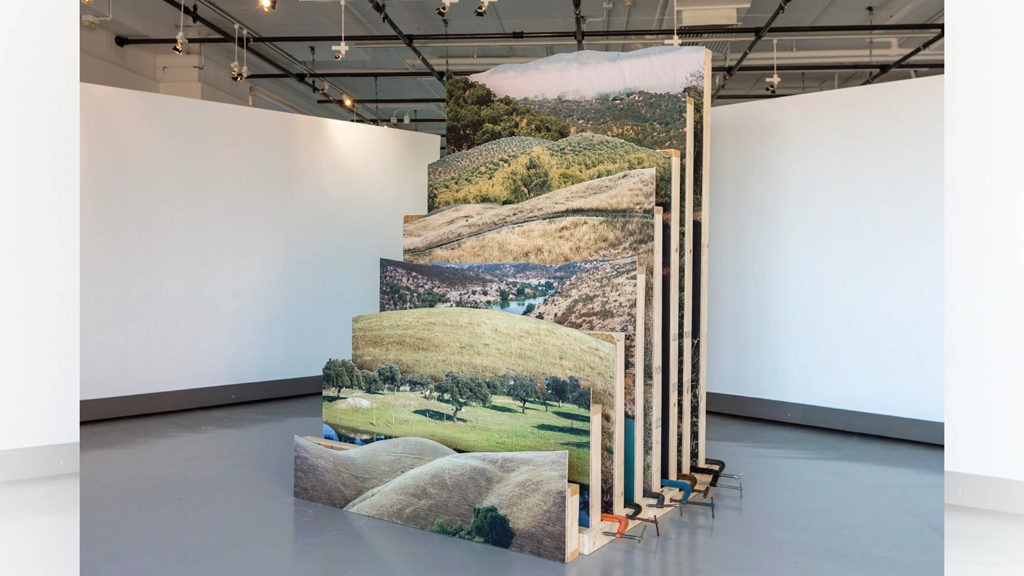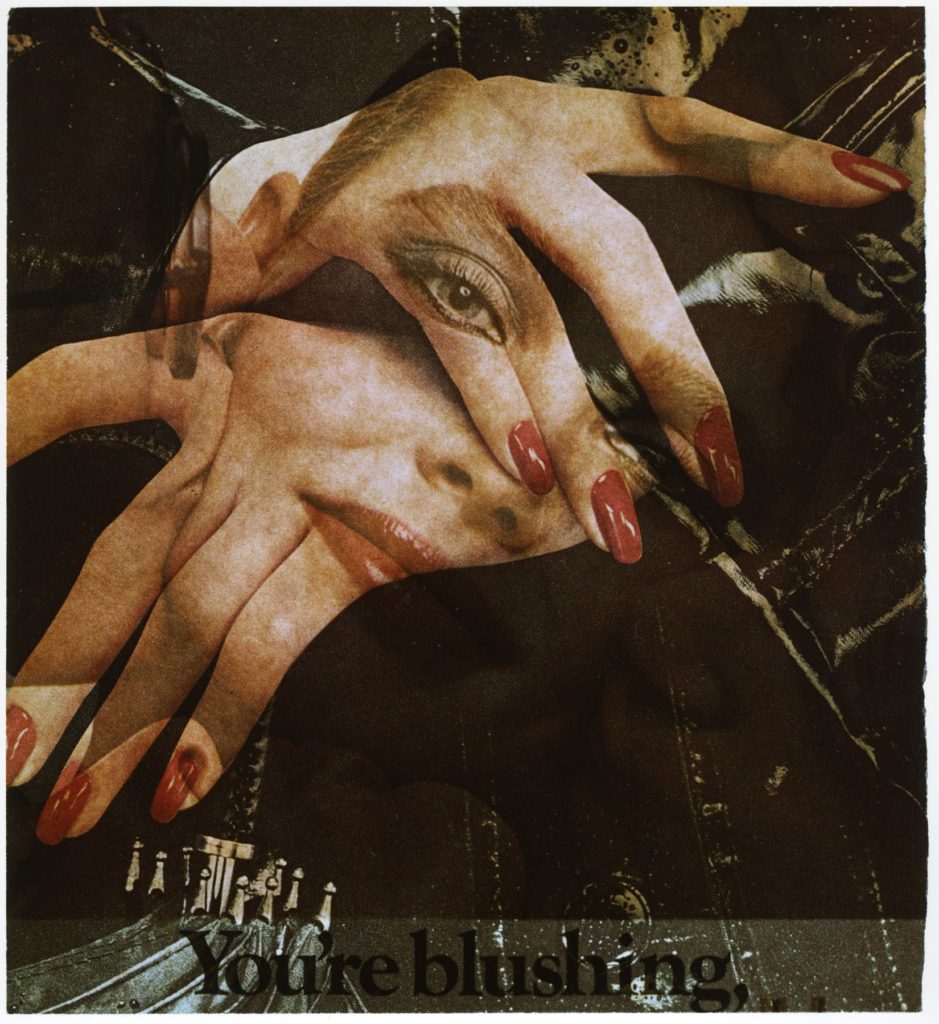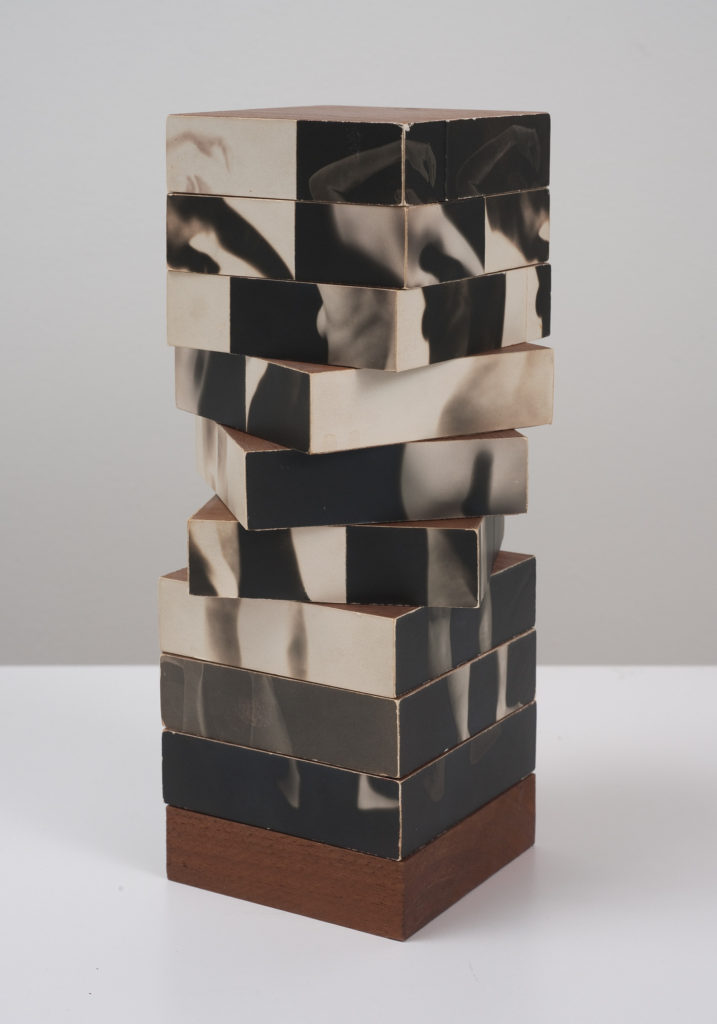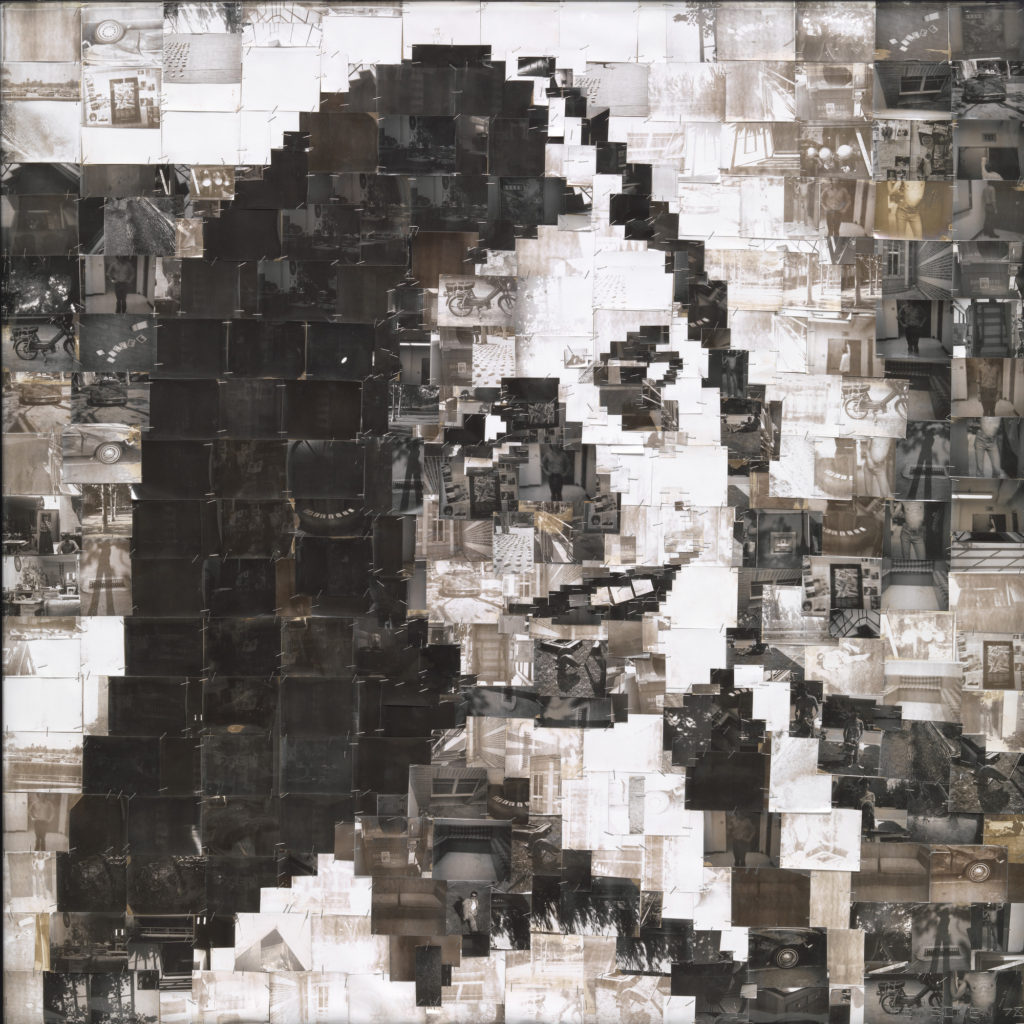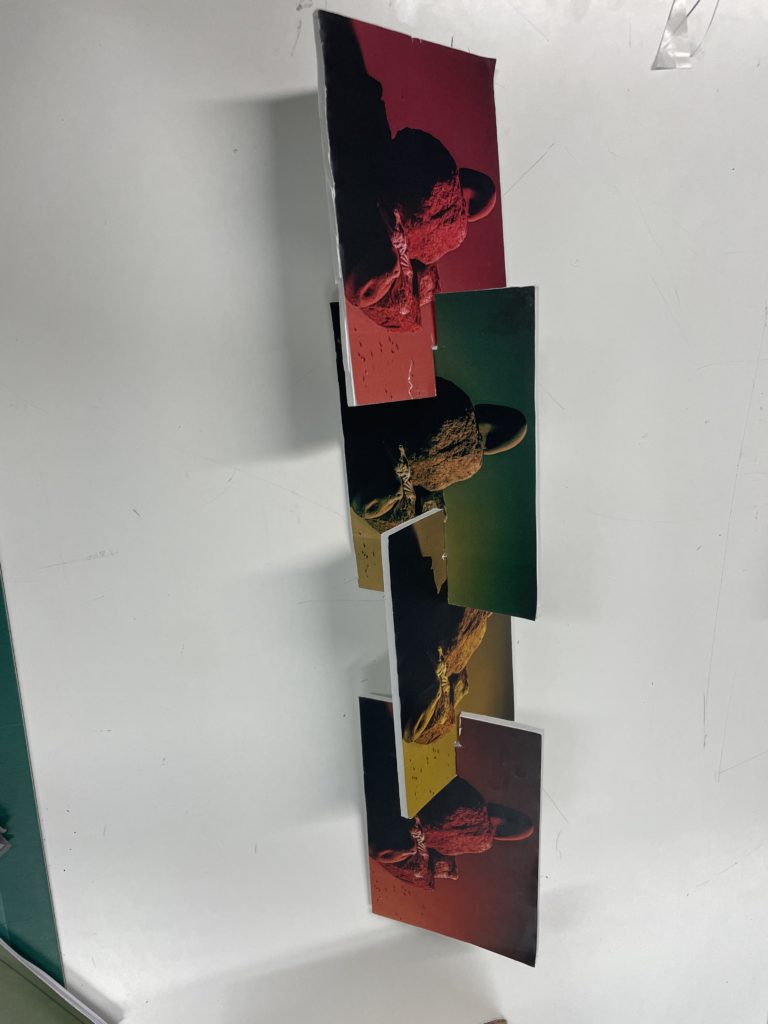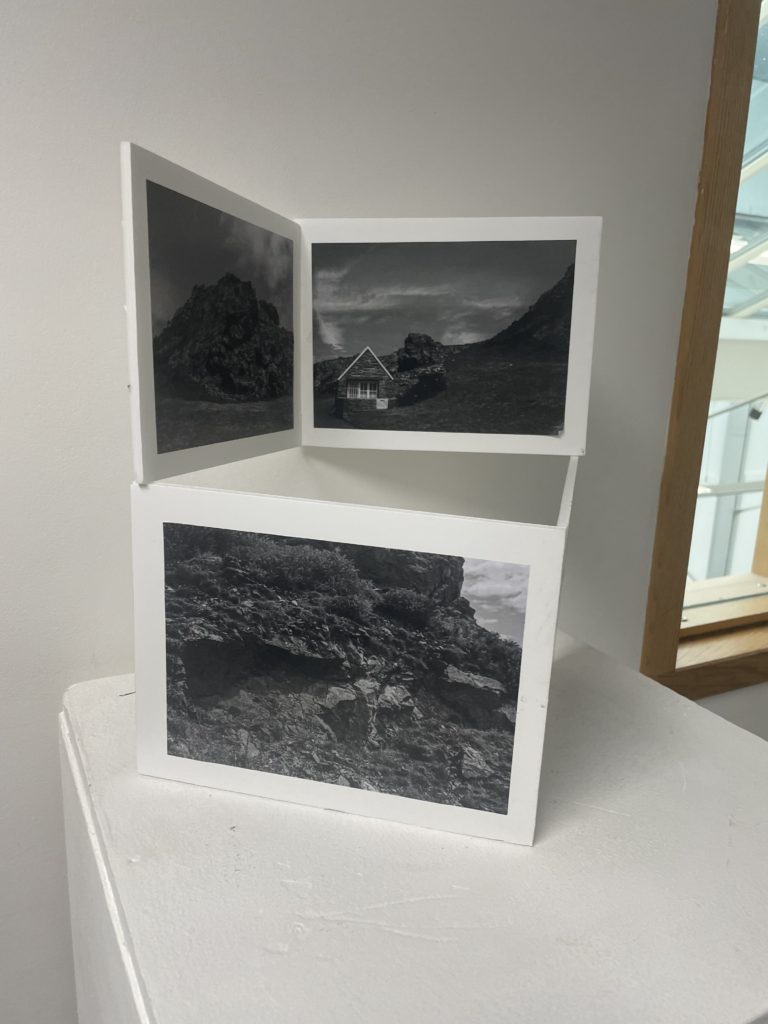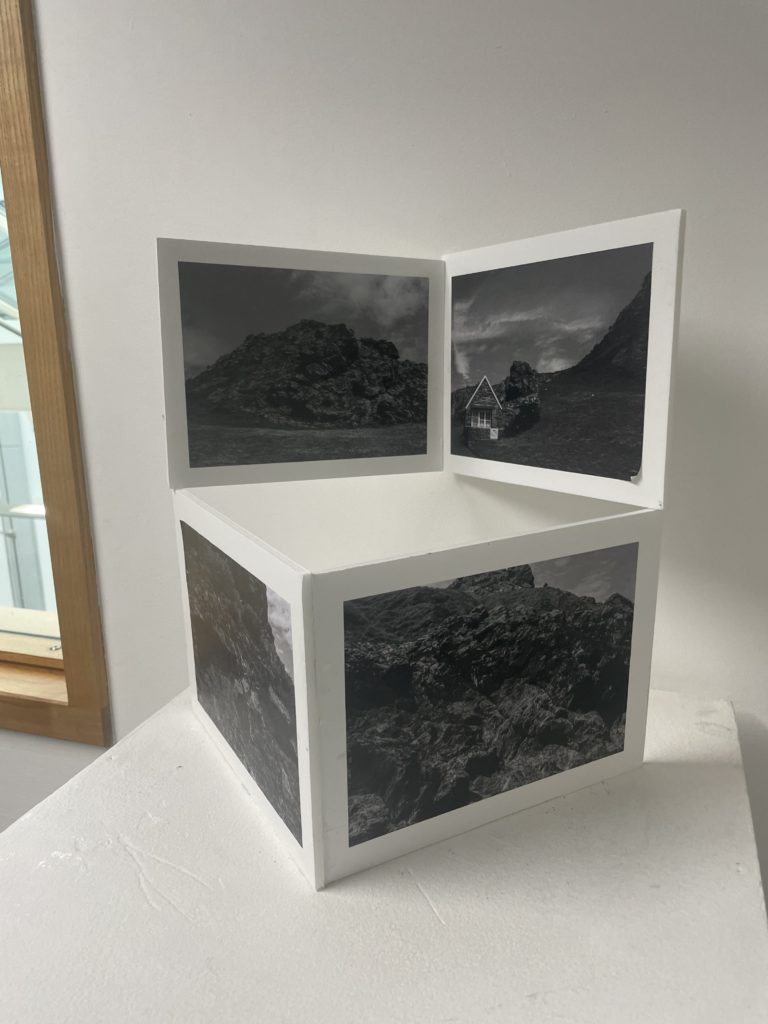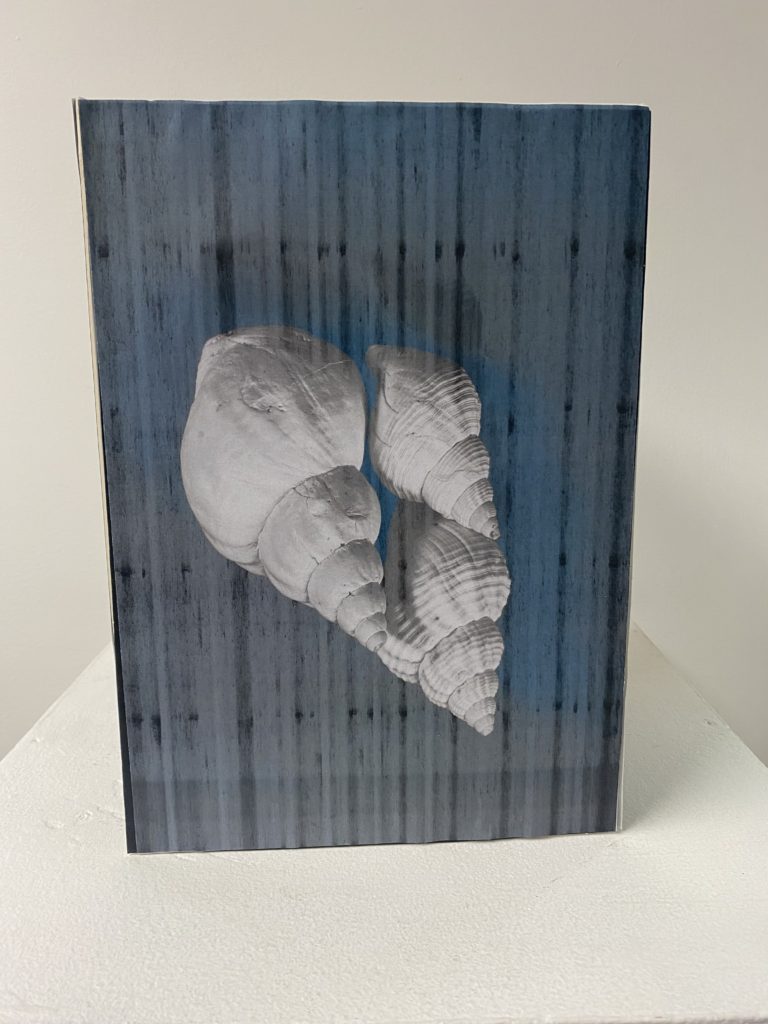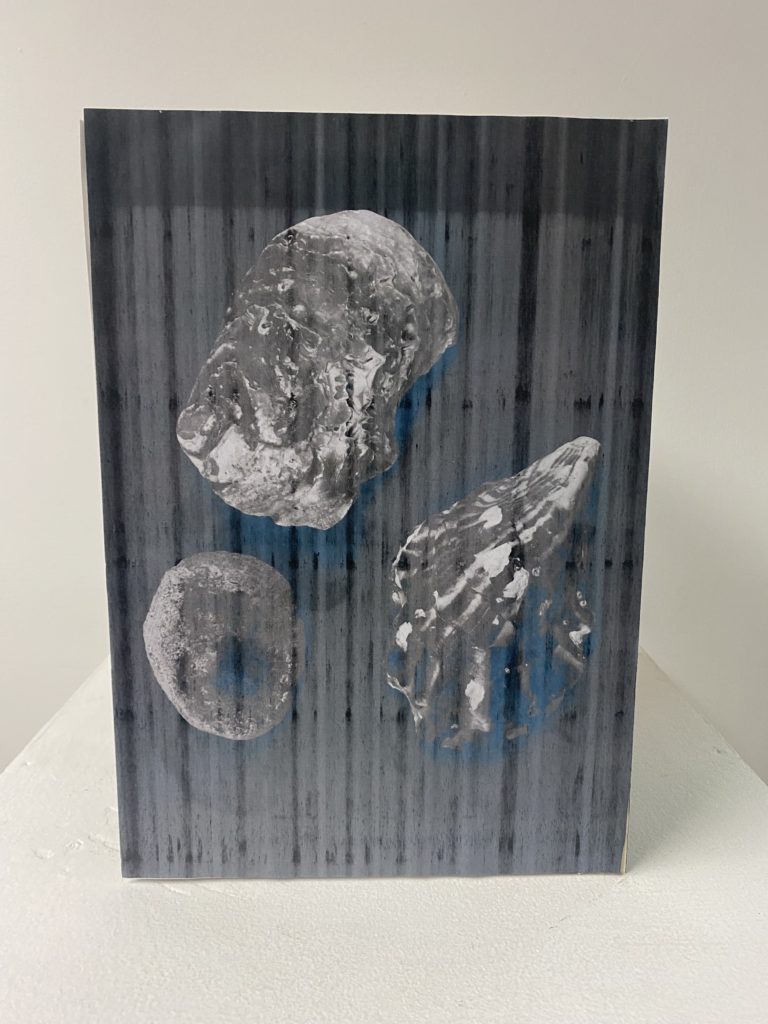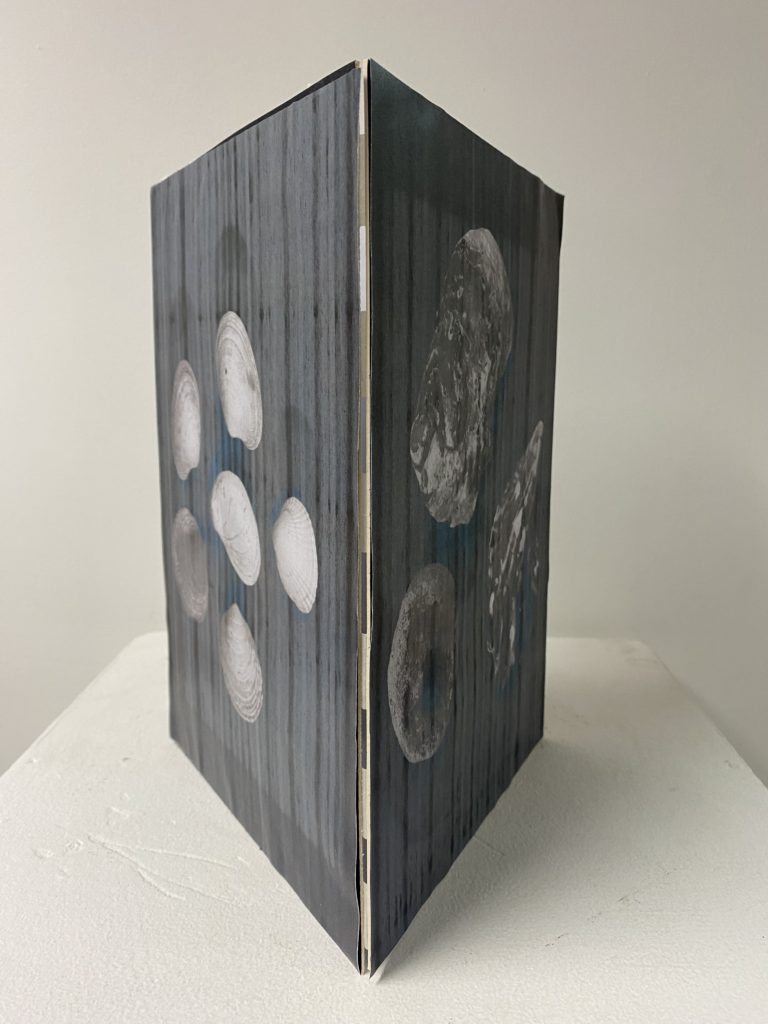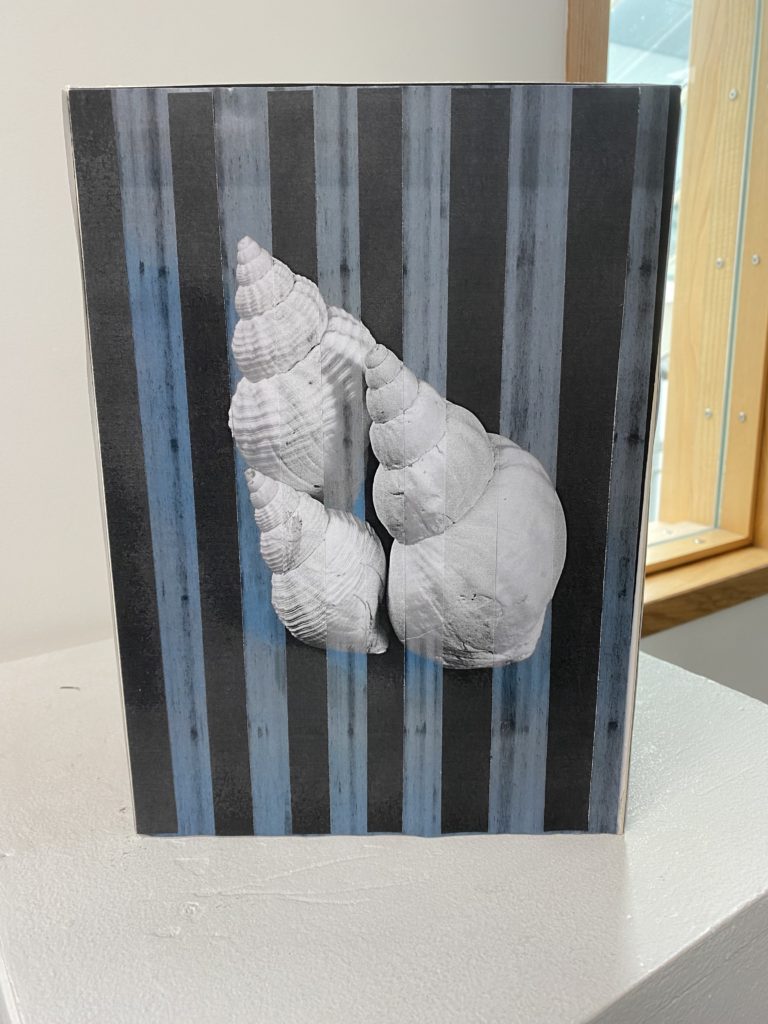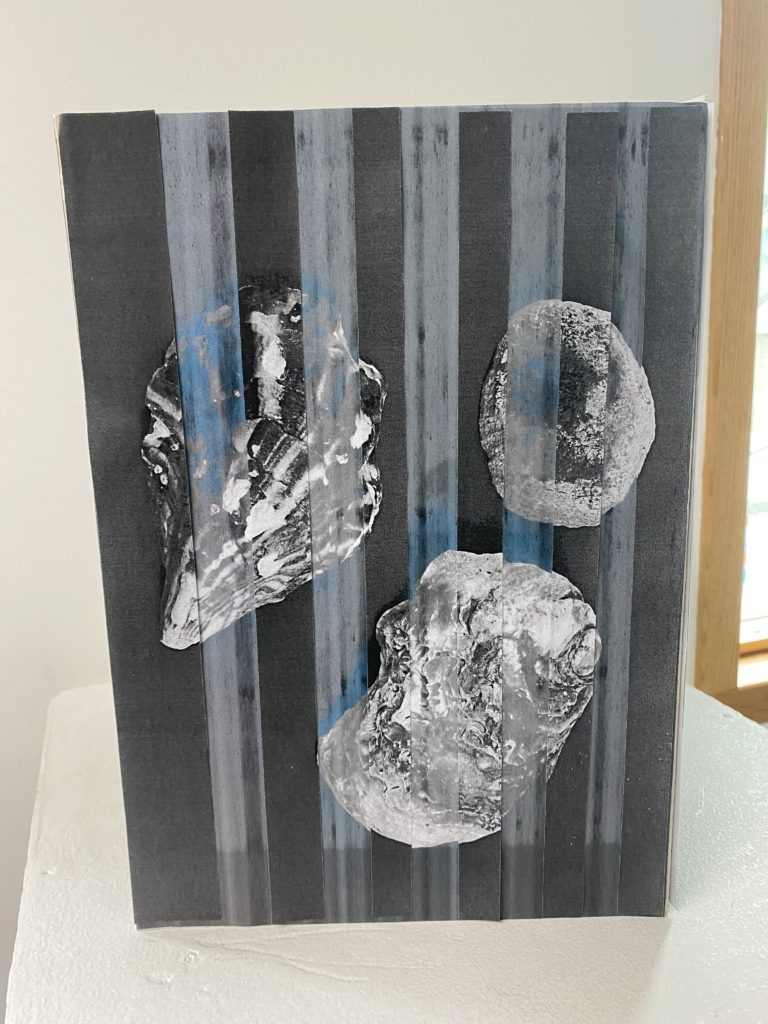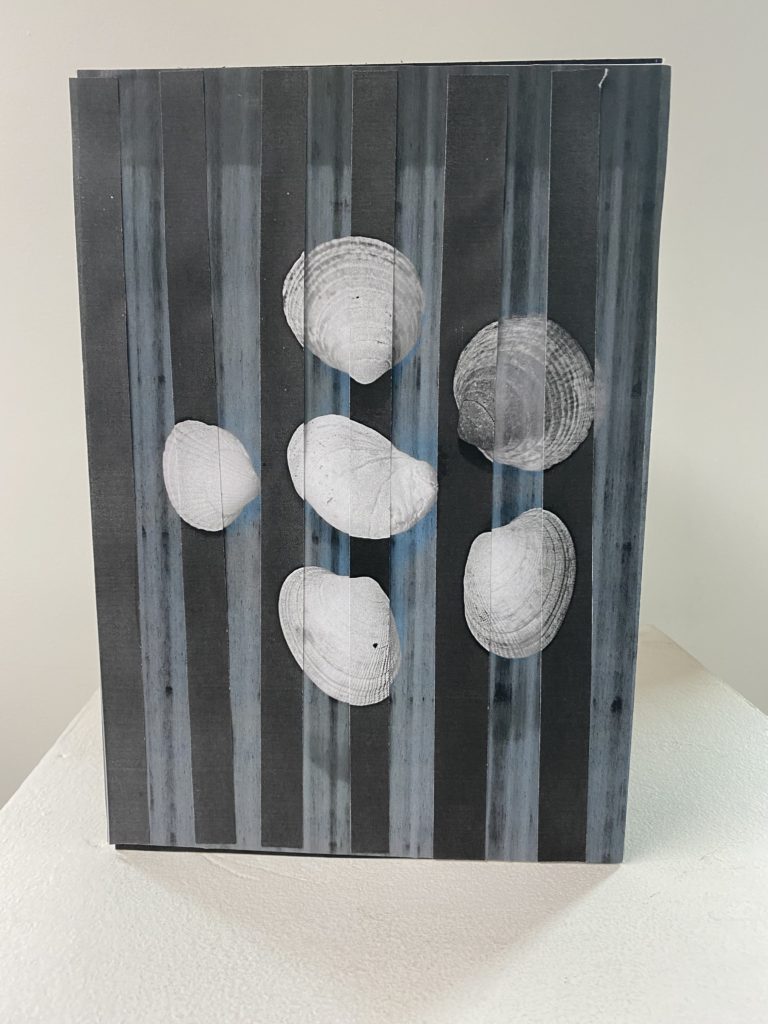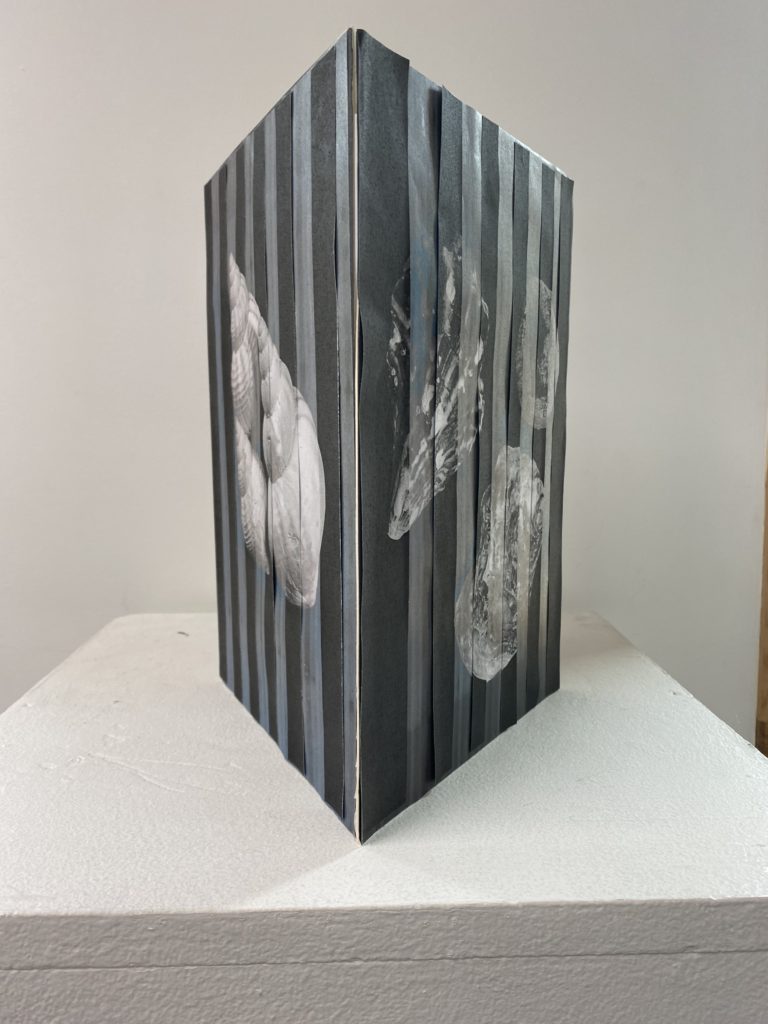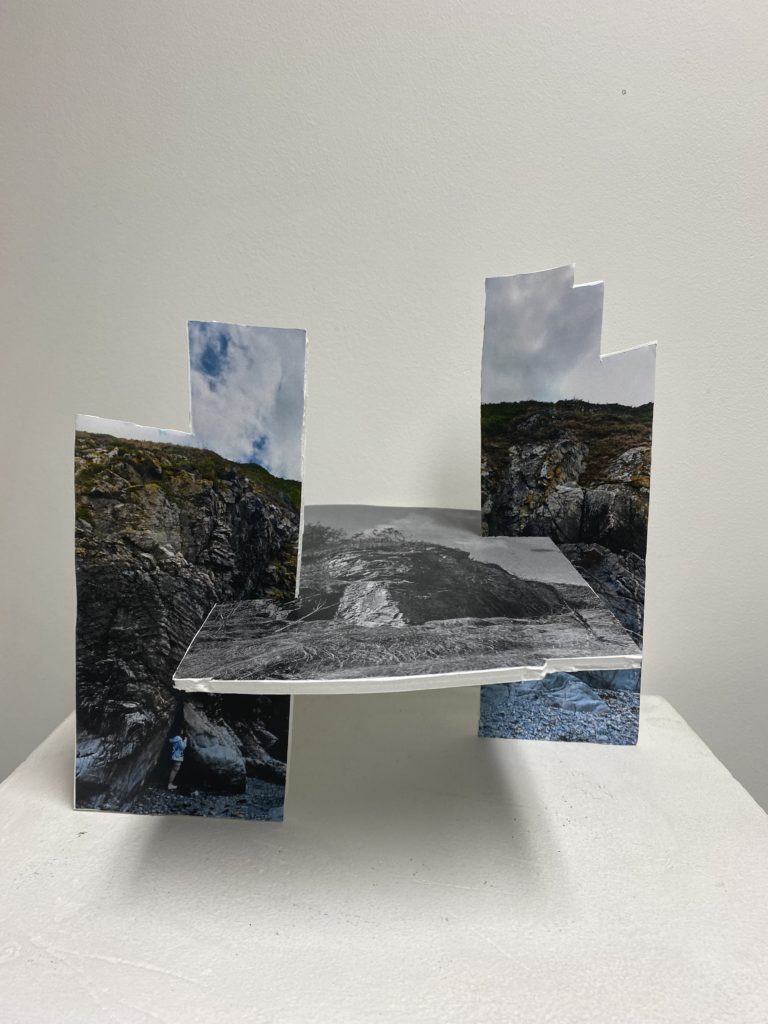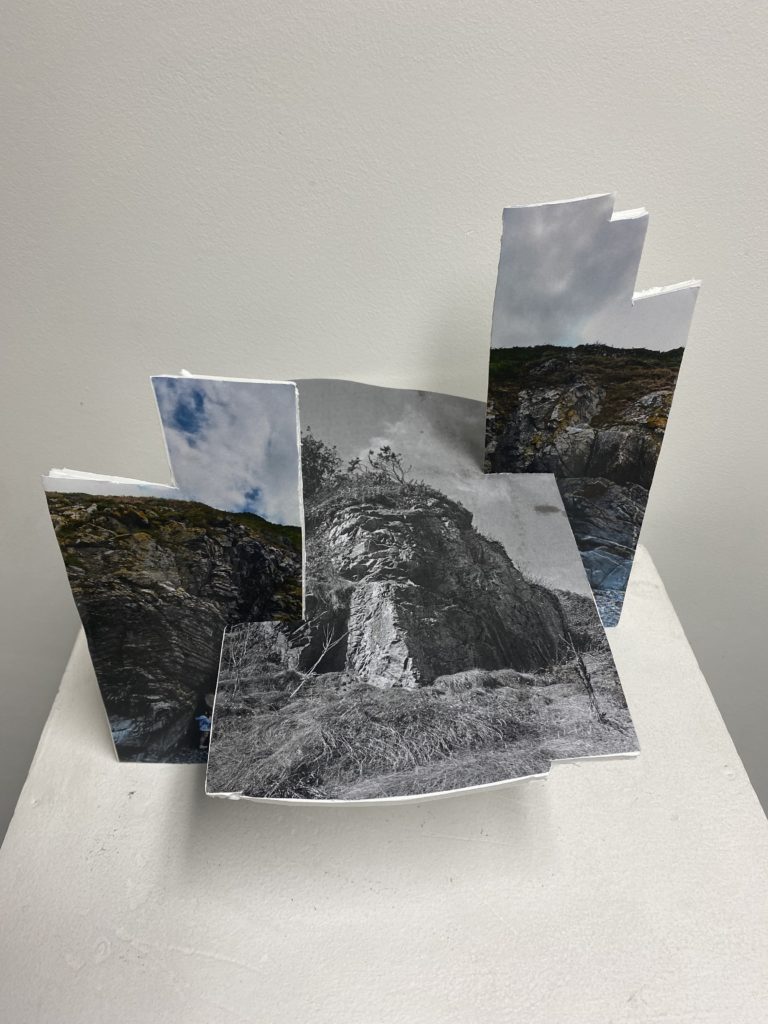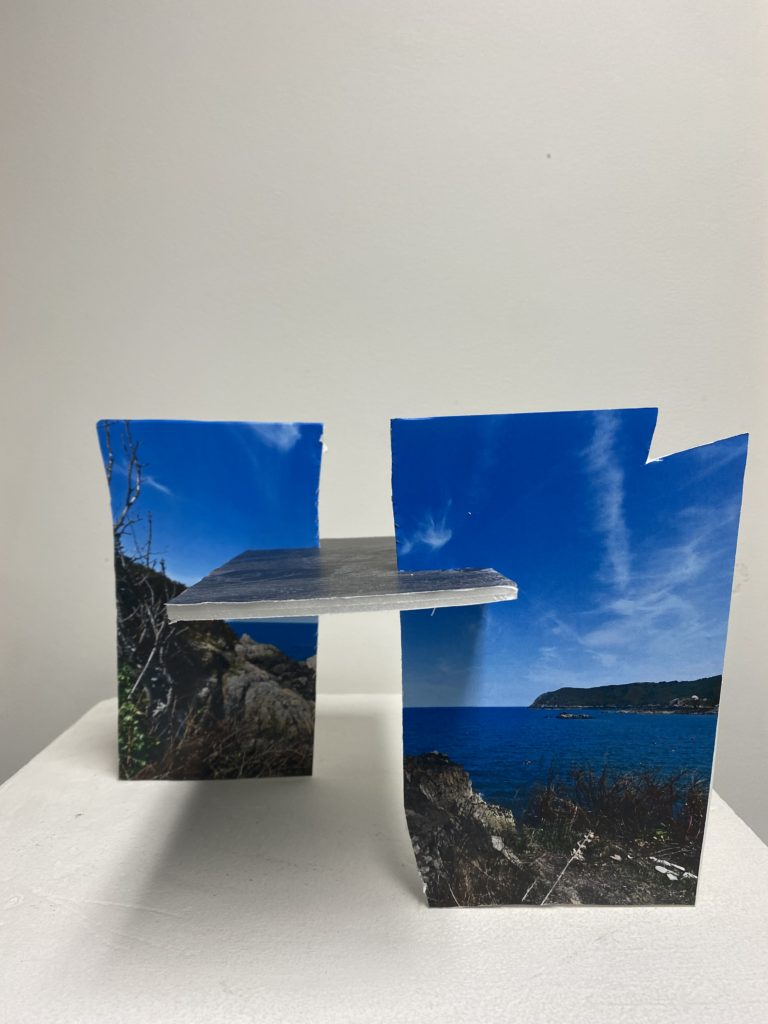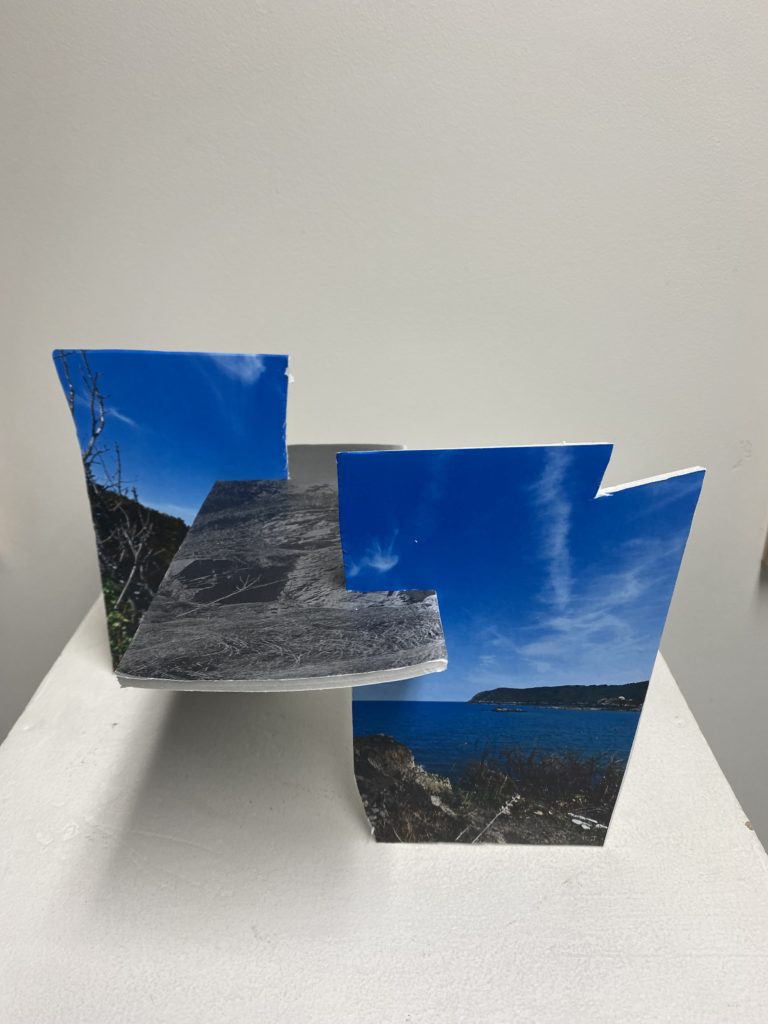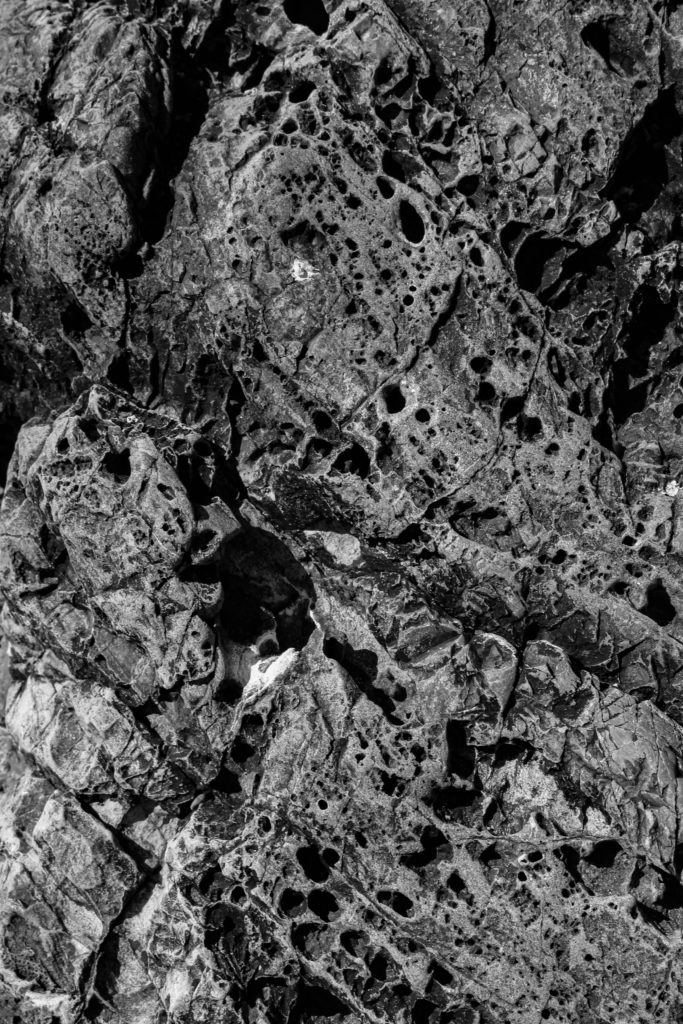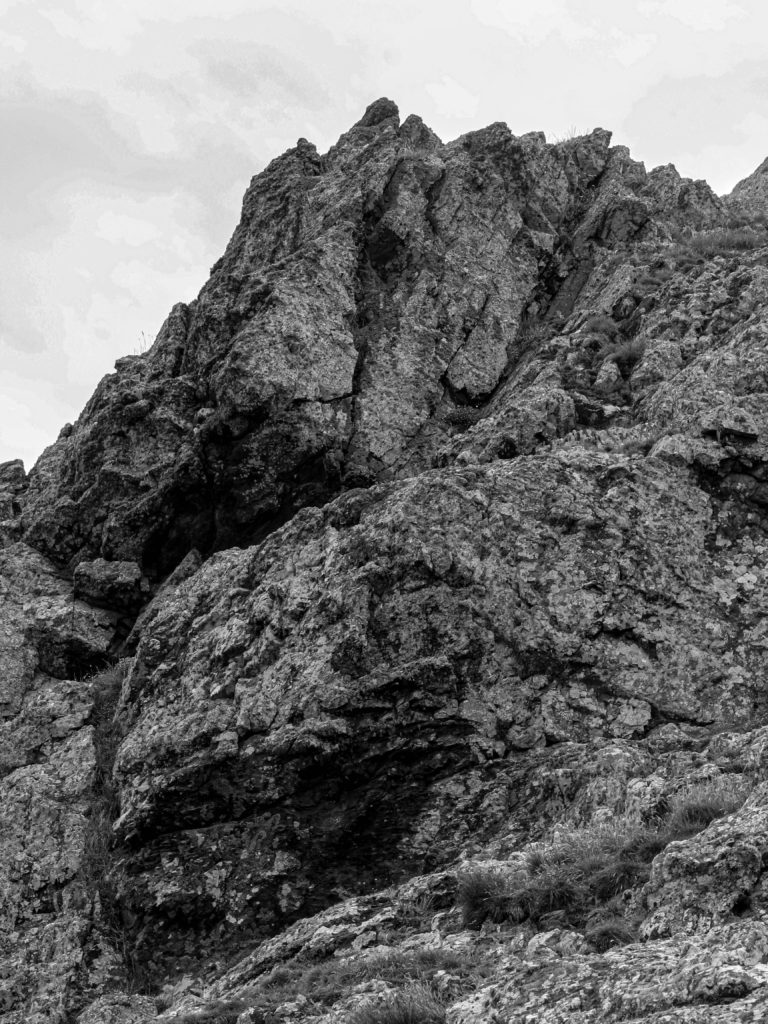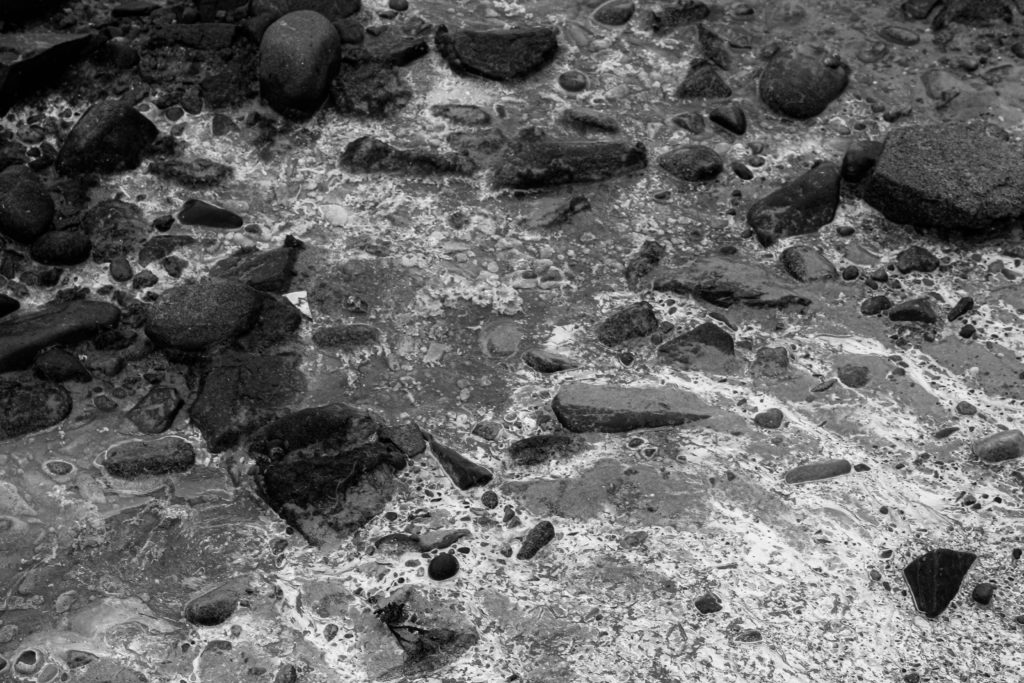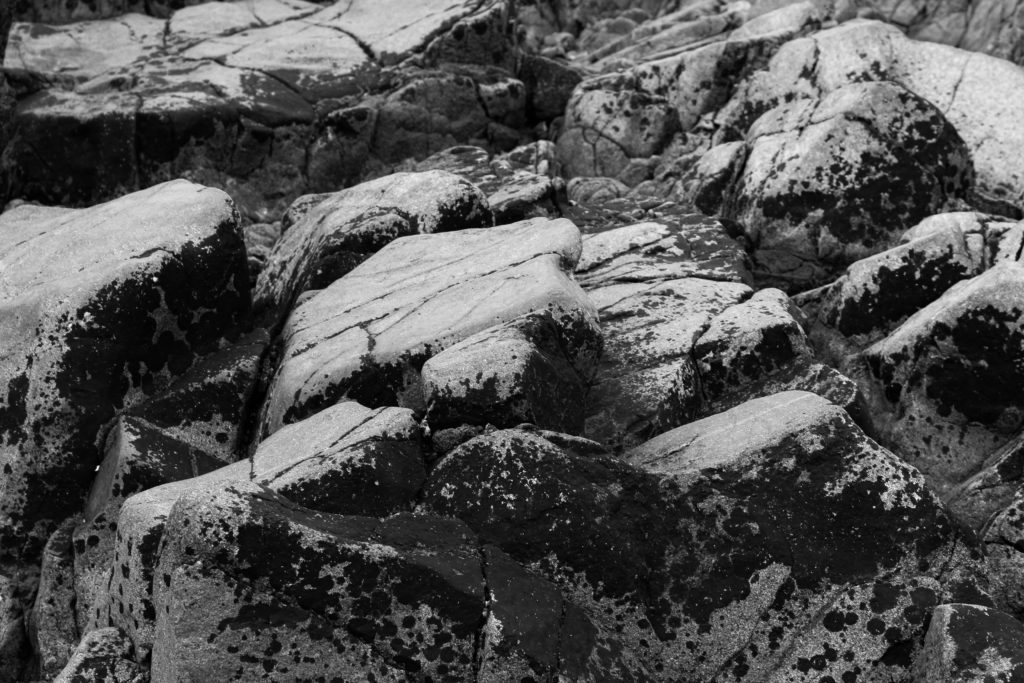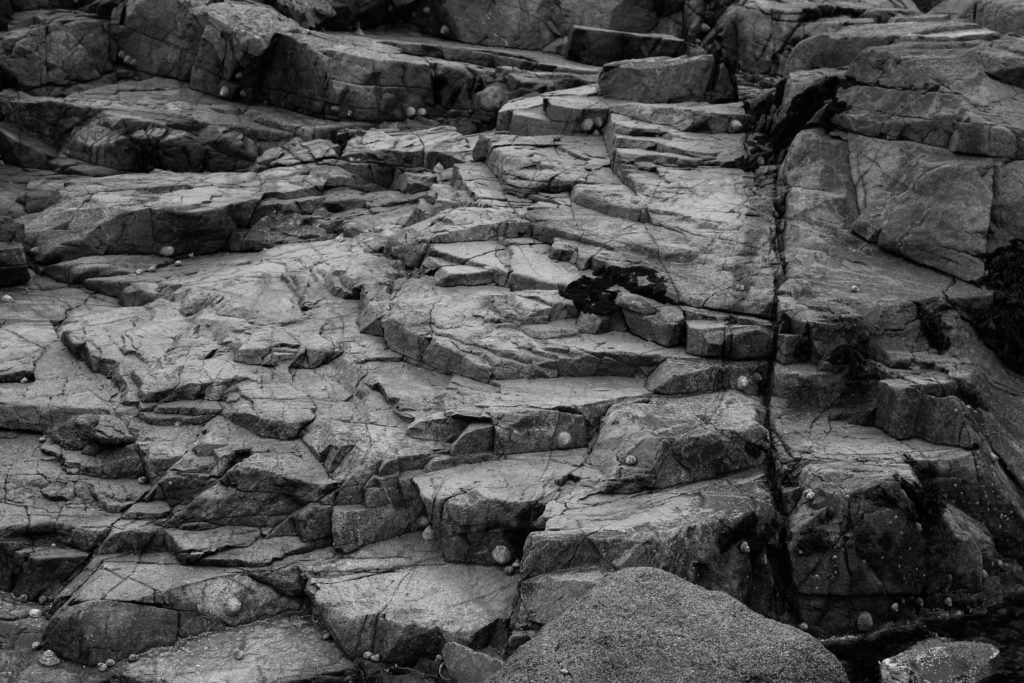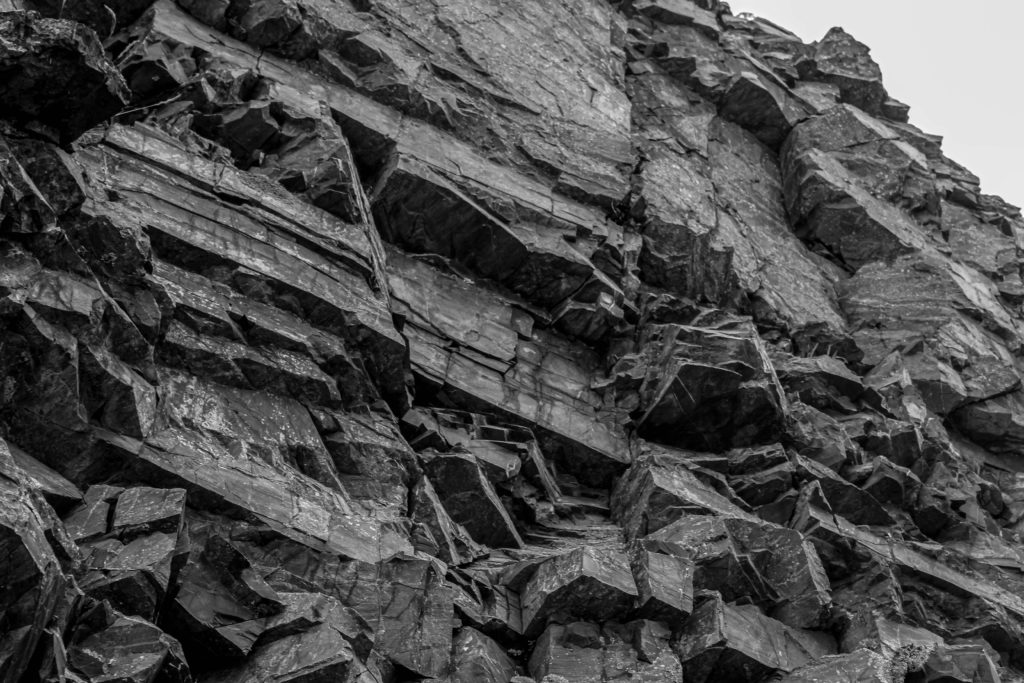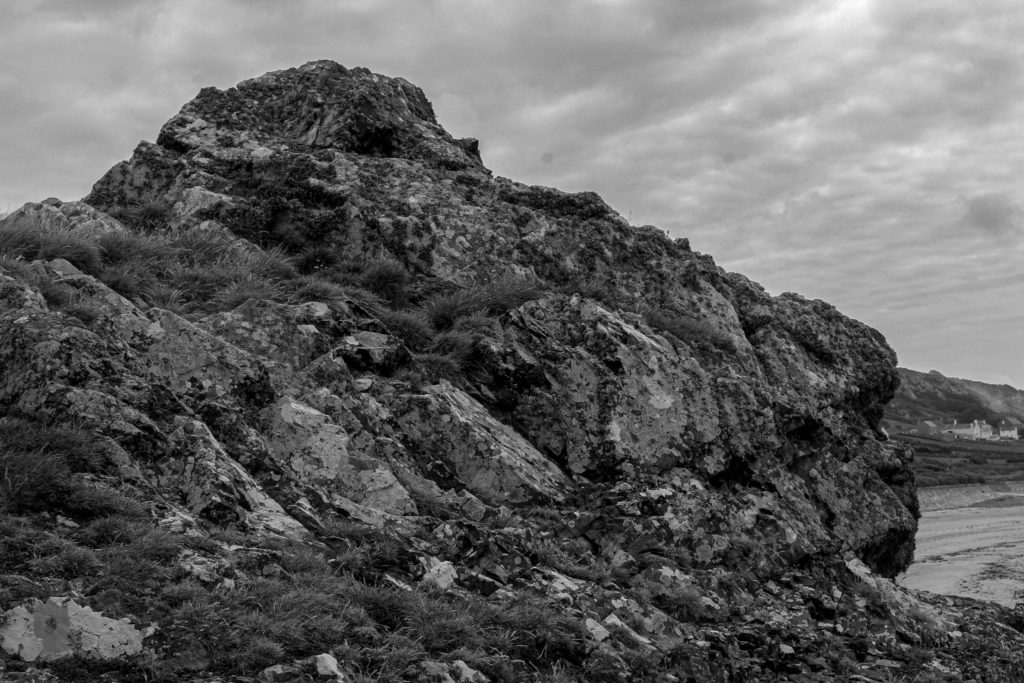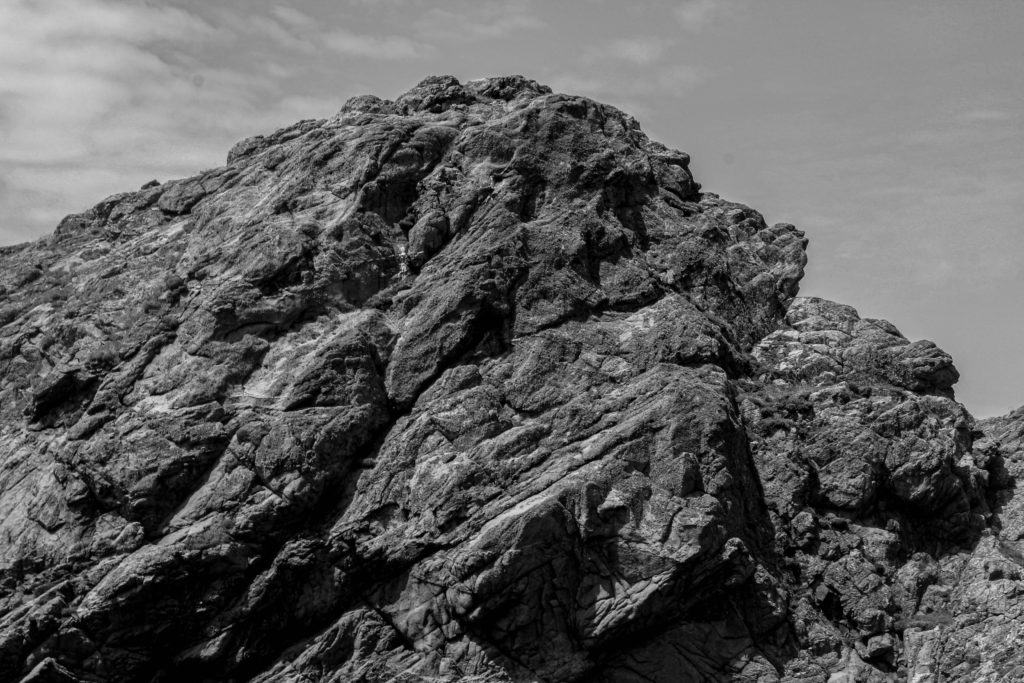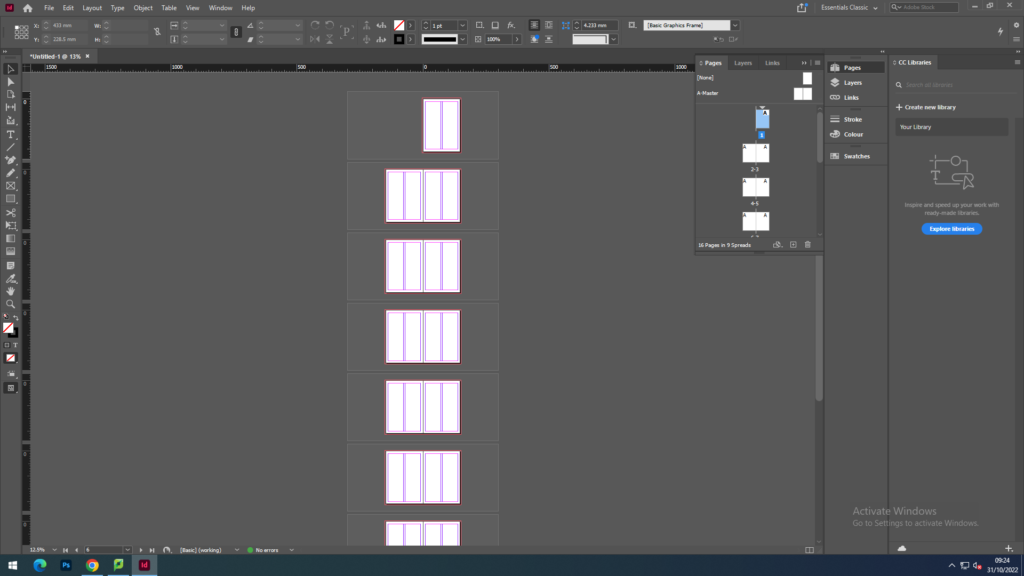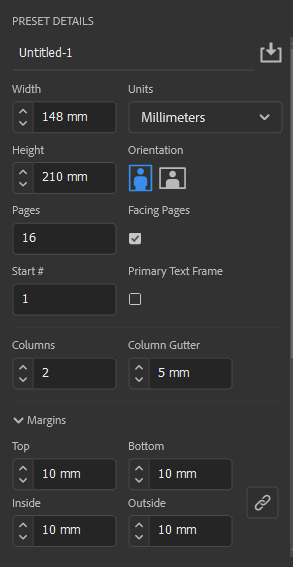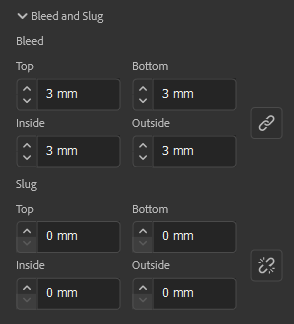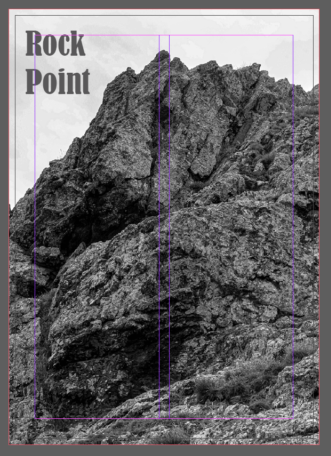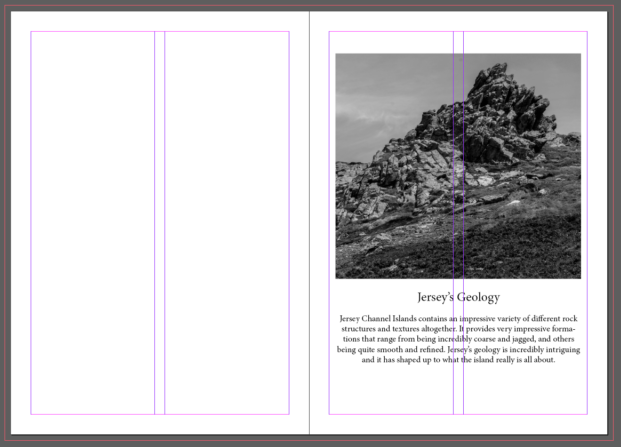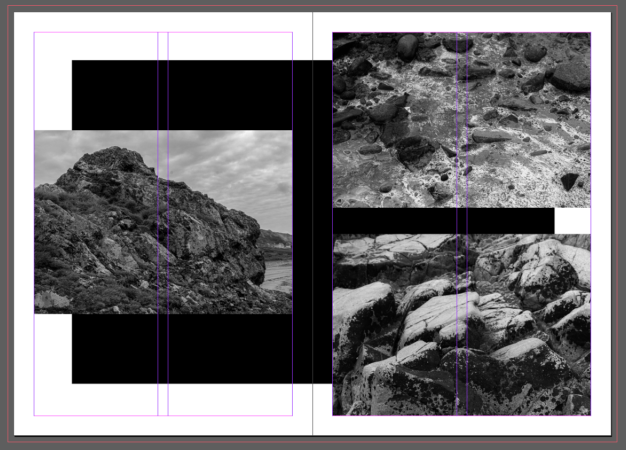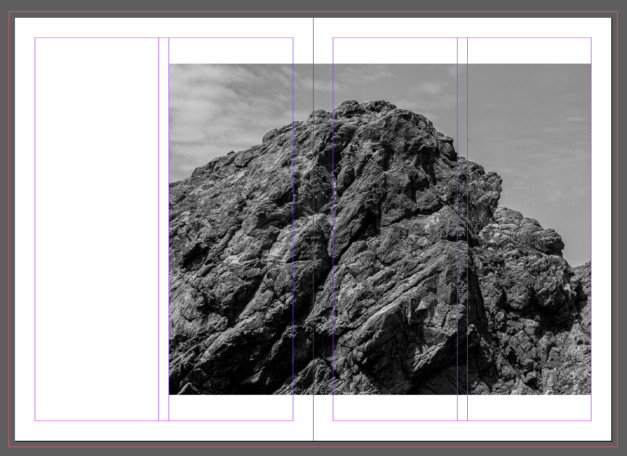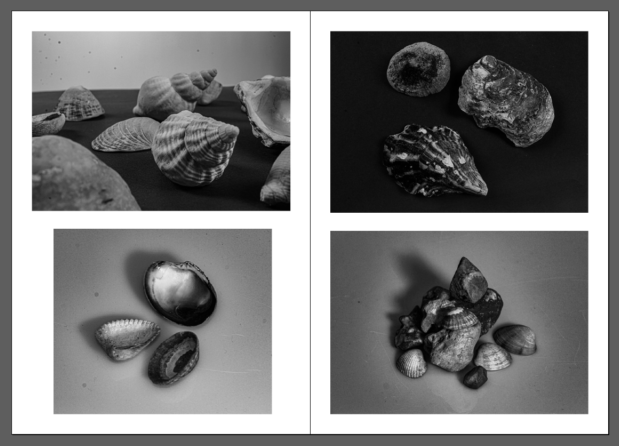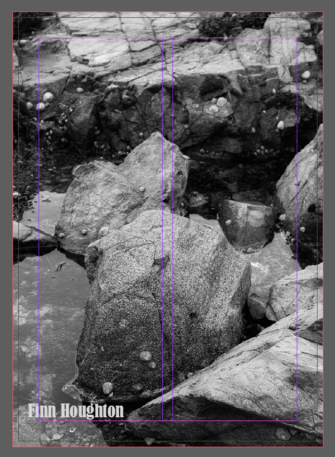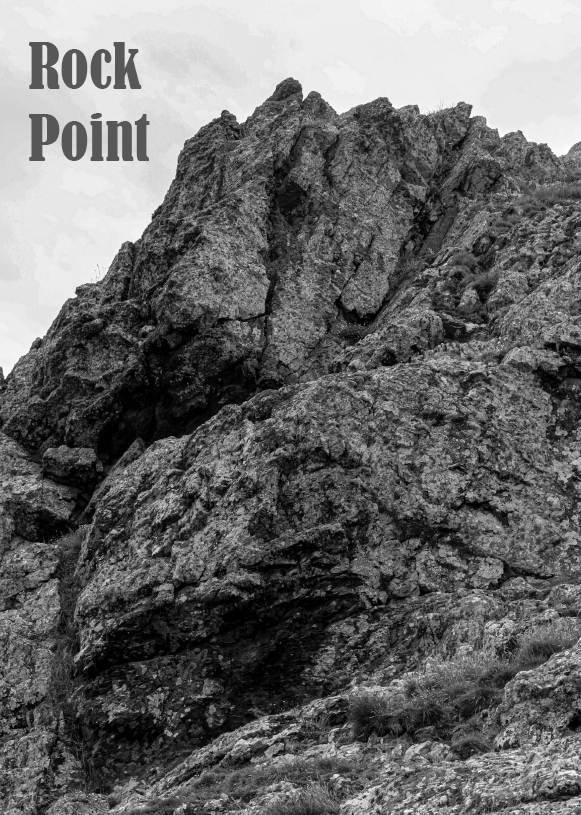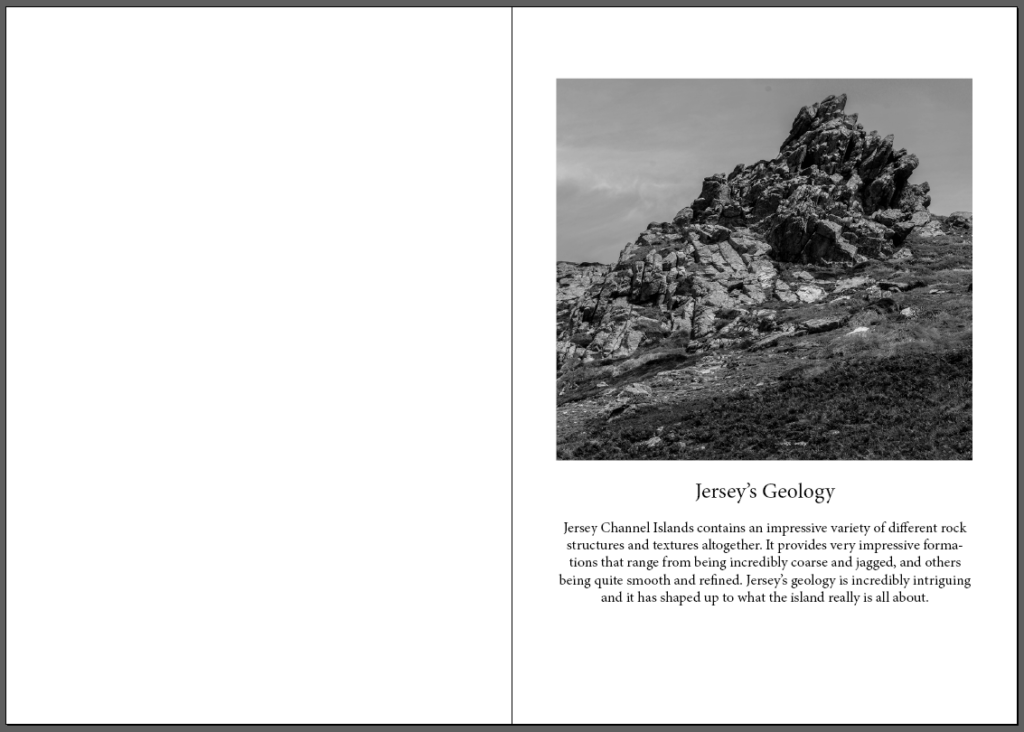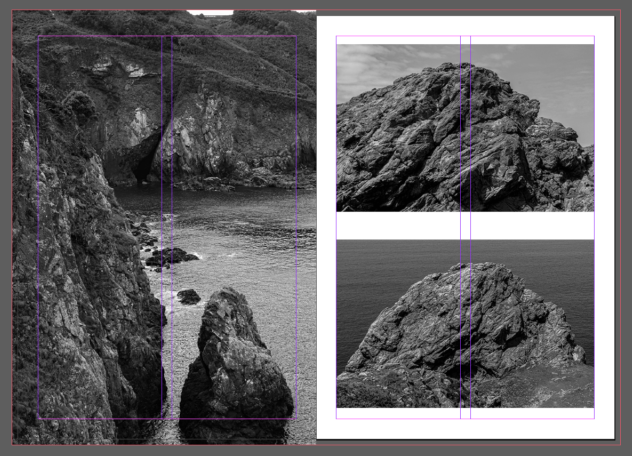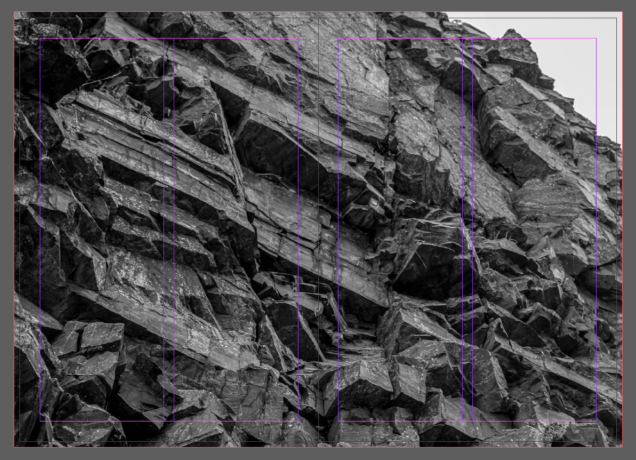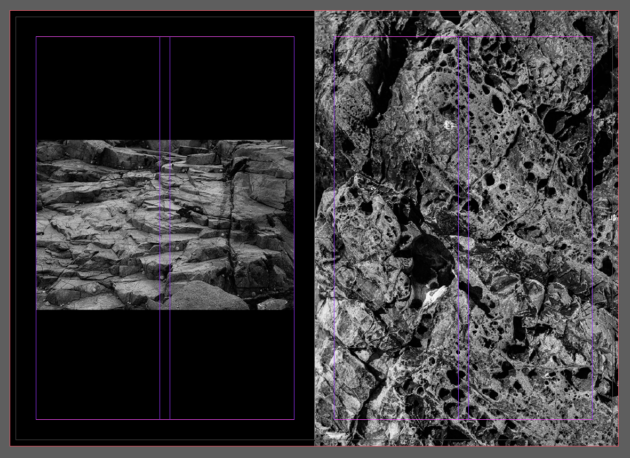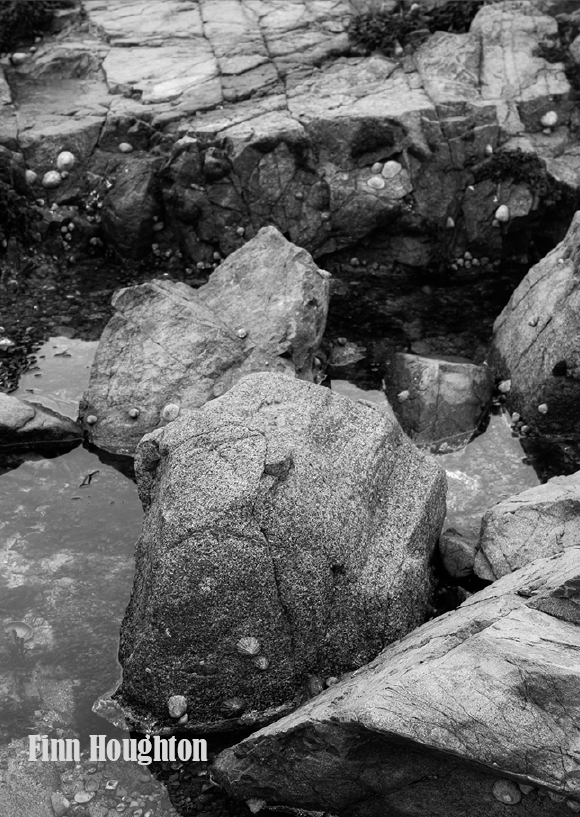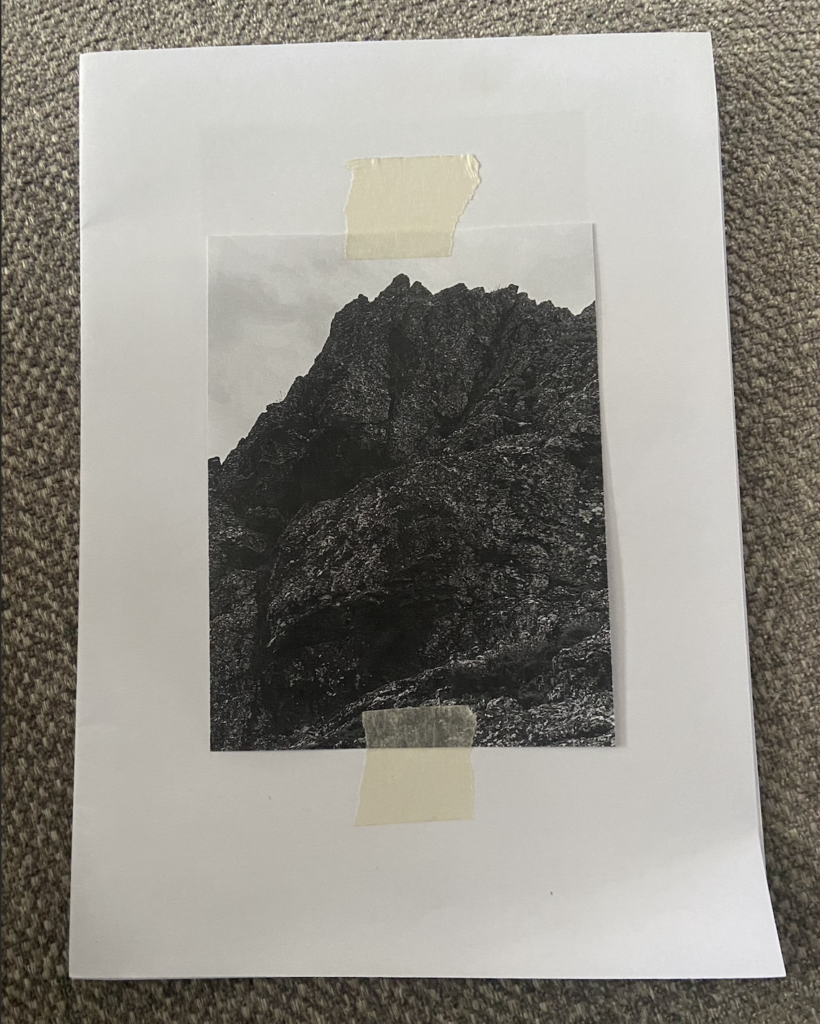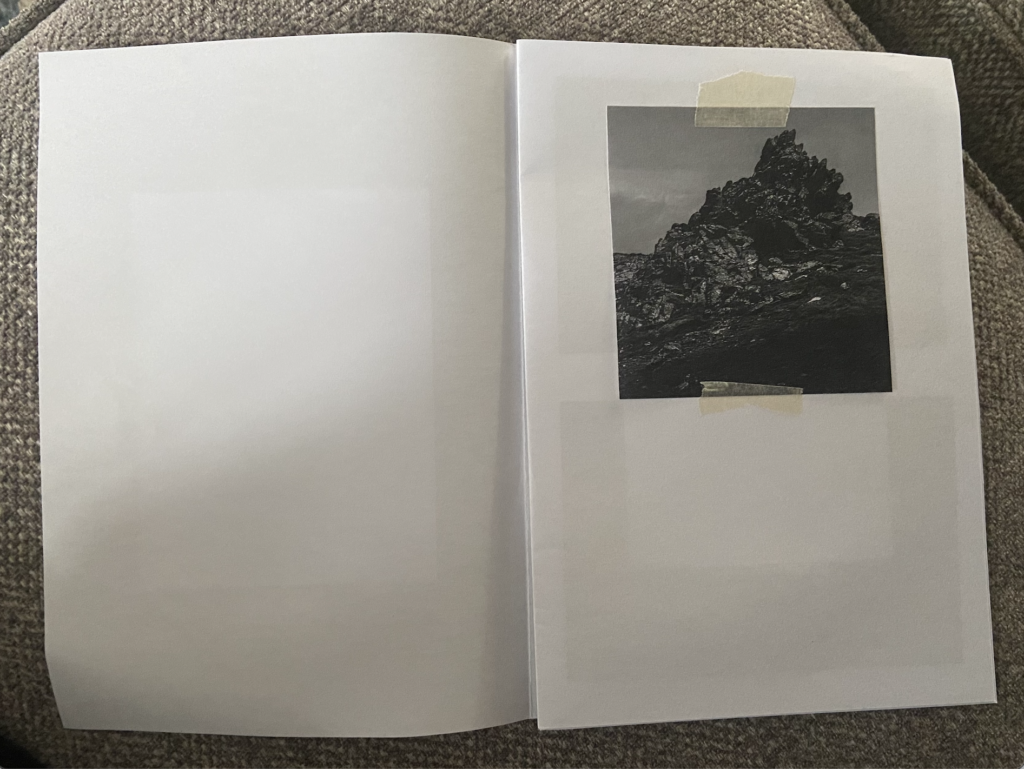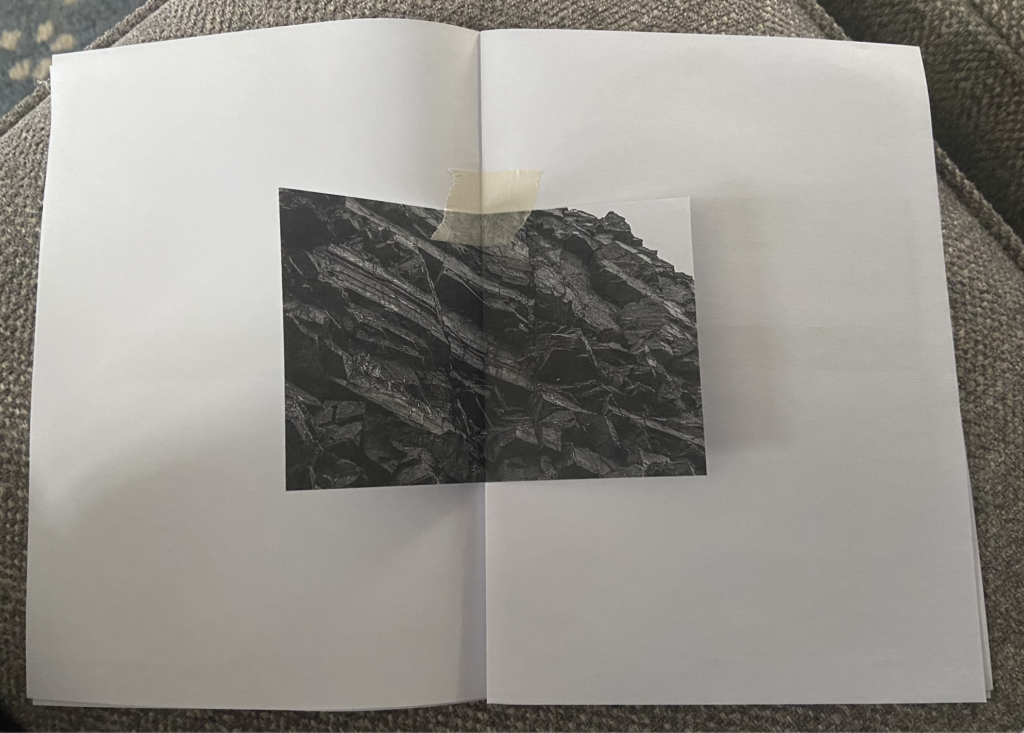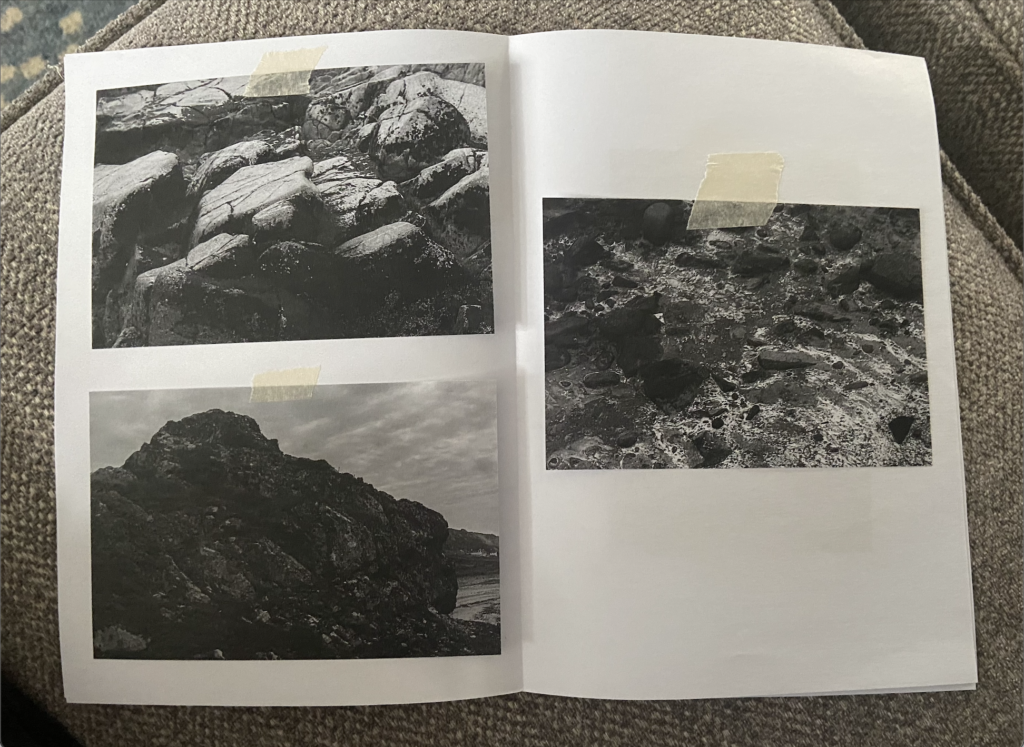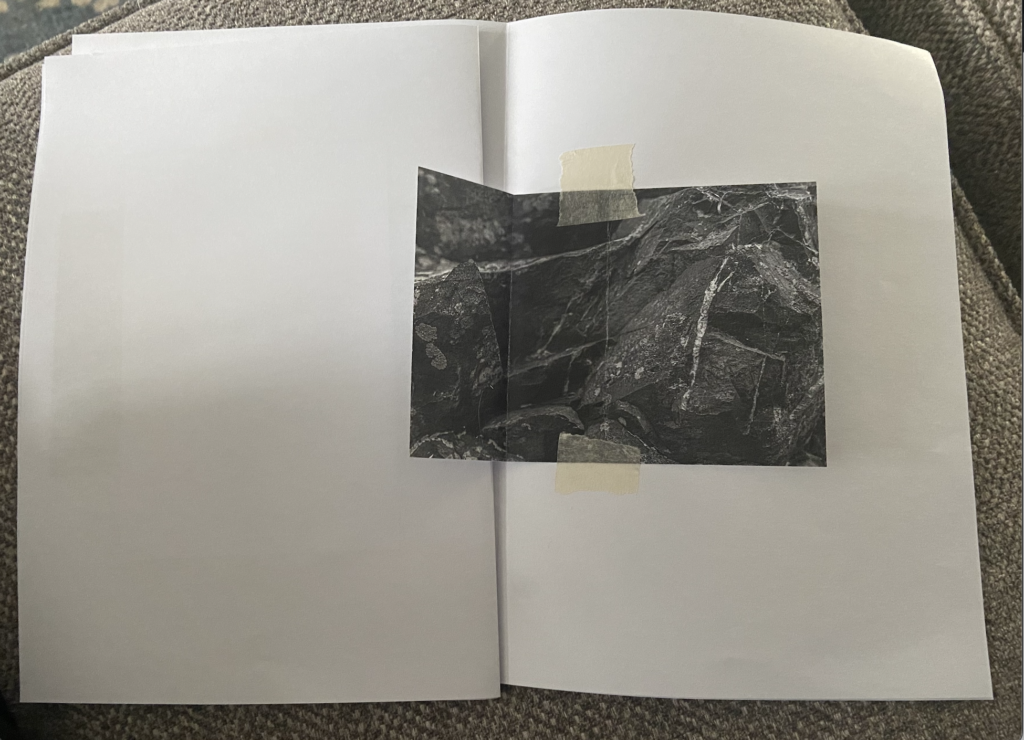The official Cambridge definition of an archive is “A collection of historical records relating to a place, organization or family,” an archive can be as simple of a collection of photographs on a mobile phone however traditionally an archive contains historical records in all forms of media: such as photographs, documents, scientific findings, and items of the past: These records are then categorised into separate classifications whether that be type of media, era/year, or a certain subject. For example, Jersey Archive has a section for the collection of seaweed specimens collected in Jersey during the years 1859 and 1860 by Mrs J. W. H. Harris- records like this can help scientific research and show Jersey’s development environmentally as well as technologically, showing local access to technologies such as cameras to create the images themselves.
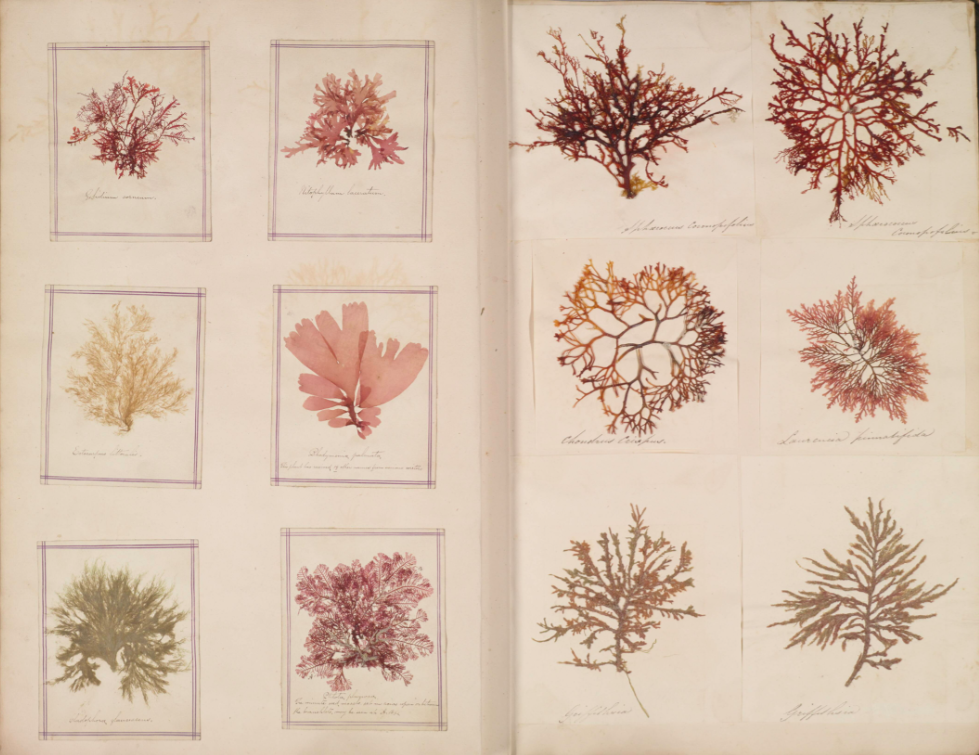
Archives give a vast insight into the history of an area: The Societe Jersiase Photographic Archive is an example of this, it aims to produce and facilitate research on the Island’s history, culture, language, and environment; and to share that knowledge with the widest possible audience for the benefit of the island community. This is done through a volunteers opportunities, an online archive, community outreach and collaboration with local and international heritage partners. The Société specialises in various fields of study, from archaeology to zoology with the help of volunteers, modern information and research is inputted to enhance and continue producing the raw data and research which make long-term studies possible- The Société started in 1873 and holds extensive bibliographic, cartographic, photographic and research collections ranging from modern times to the 1800s, these act as a long-term memory for island history, these collections provide a vital resource informing contemporary study and value for the community through a greater understanding of Jersey’s shared heritage, identity and environment.
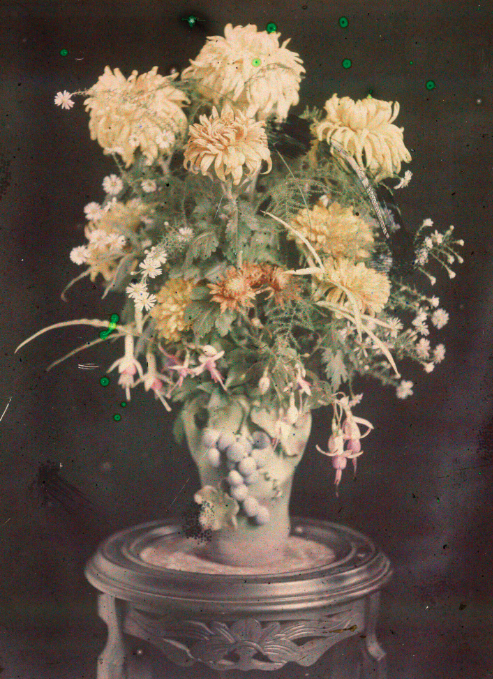
An interesting piece of work in the Societe Jersiase Photographic Archive is the Roger and Margaret Long Collection; this collection (which is available online to view) represents a tiny fraction of the 28,000 colour transparencies in the original collection. The images were produced between the late 1960s and early 2000s and cover the subjects of entomology, ornithology and botany, though items of social history interest appear between species, giving a personal touch to a scientific collection. The slides are hand numbered with handwritten indexes, identifying specimens, subjects and dates.

Although amateur, The Roger and Margaret Long Collection has beautiful skill in the composition of the images as well as colour balances- see in the image below the main point of concentration is the butterfly while the yellow flowers surrounding it are unfocused showing that the focus of the image is to preserve the memory of the butterfly possibly for scientific view. This image taken in Le Coin, St Ouen in 1976 would have been developed specifically to be viewed on a projection screen using a slide projector as it is a positive image with a transparent base, once again this could have been done for scientific view or just to show memories of a beautiful butterfly.

Images from the past can serve as reminders of history; they show culture, beauty, advances in technology, and insights into how society has grown. For my photography work I plan to use images from the Societe Jersaise as inspiration- including The Robert and Margaret Long Collection and the botanical collection of seaweed specimens by Mrs J. W. H. Harris as these images serve as a basis for an insight into what an archive is- showing personal memories and passions through compilation where the devotion is seen throughout the careful processes the creators went through to compile a selection of subjects. Jersey Archive has been widely used by students, teachers, scientists, politicians, and members of the public to learn more about Jersey’s vast and rich history- this loyalty will continue as history is always being created, meaning generations of the future will be able to look back at the current age to learn and prosper.



